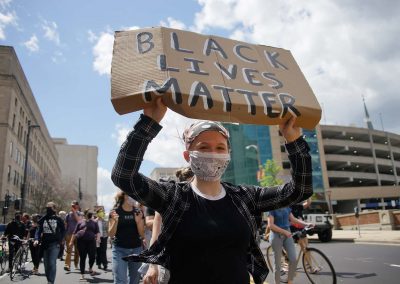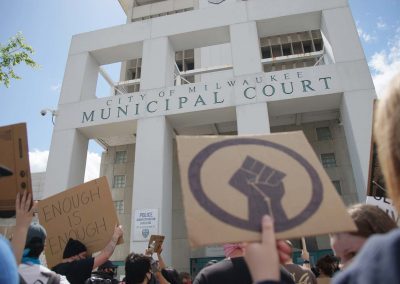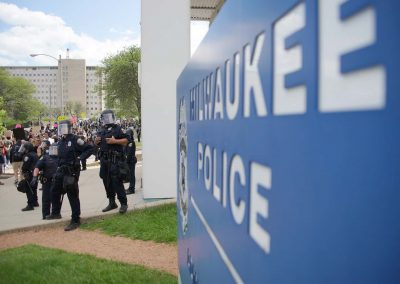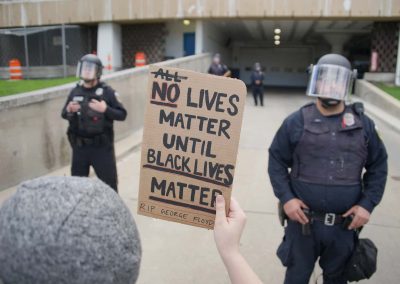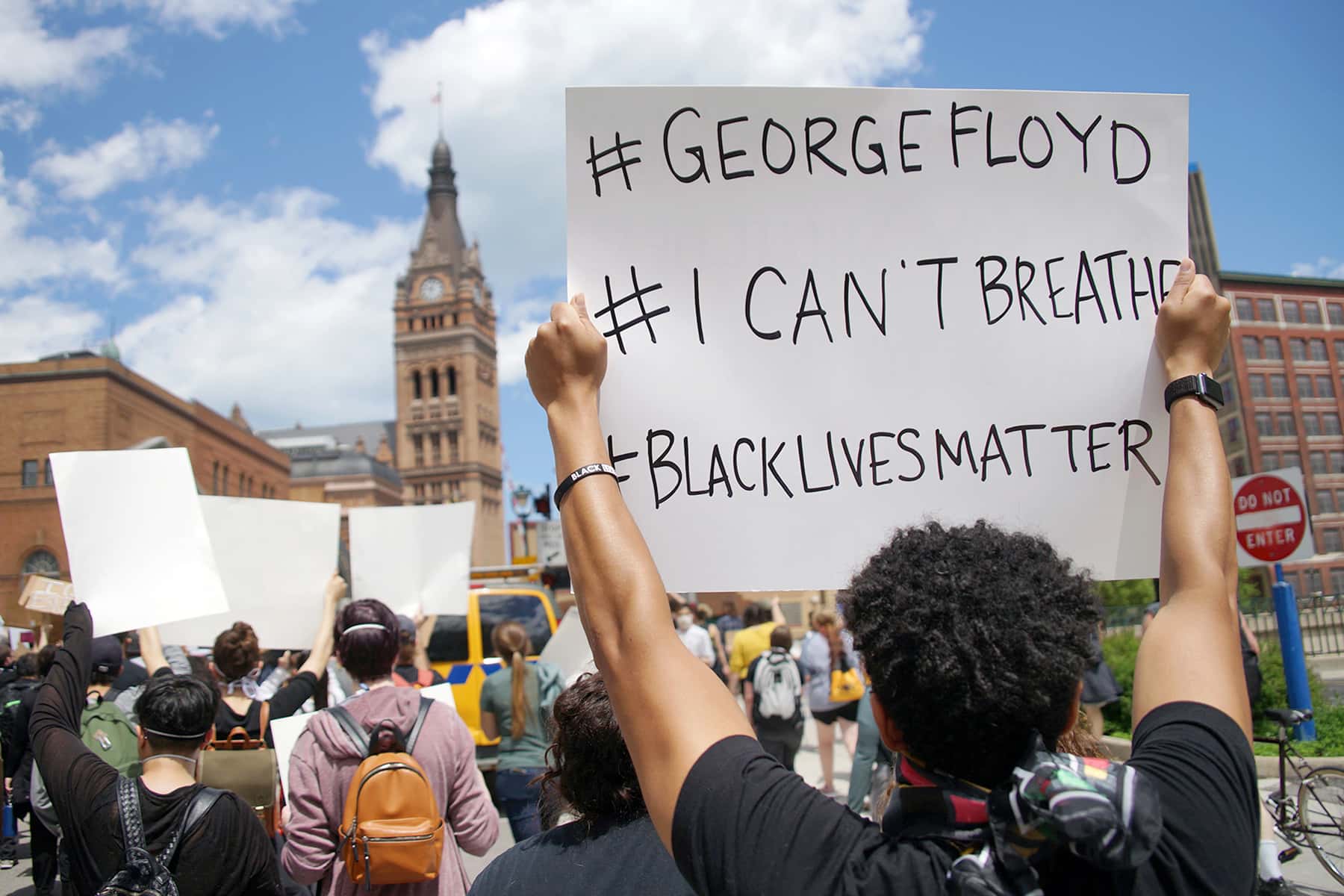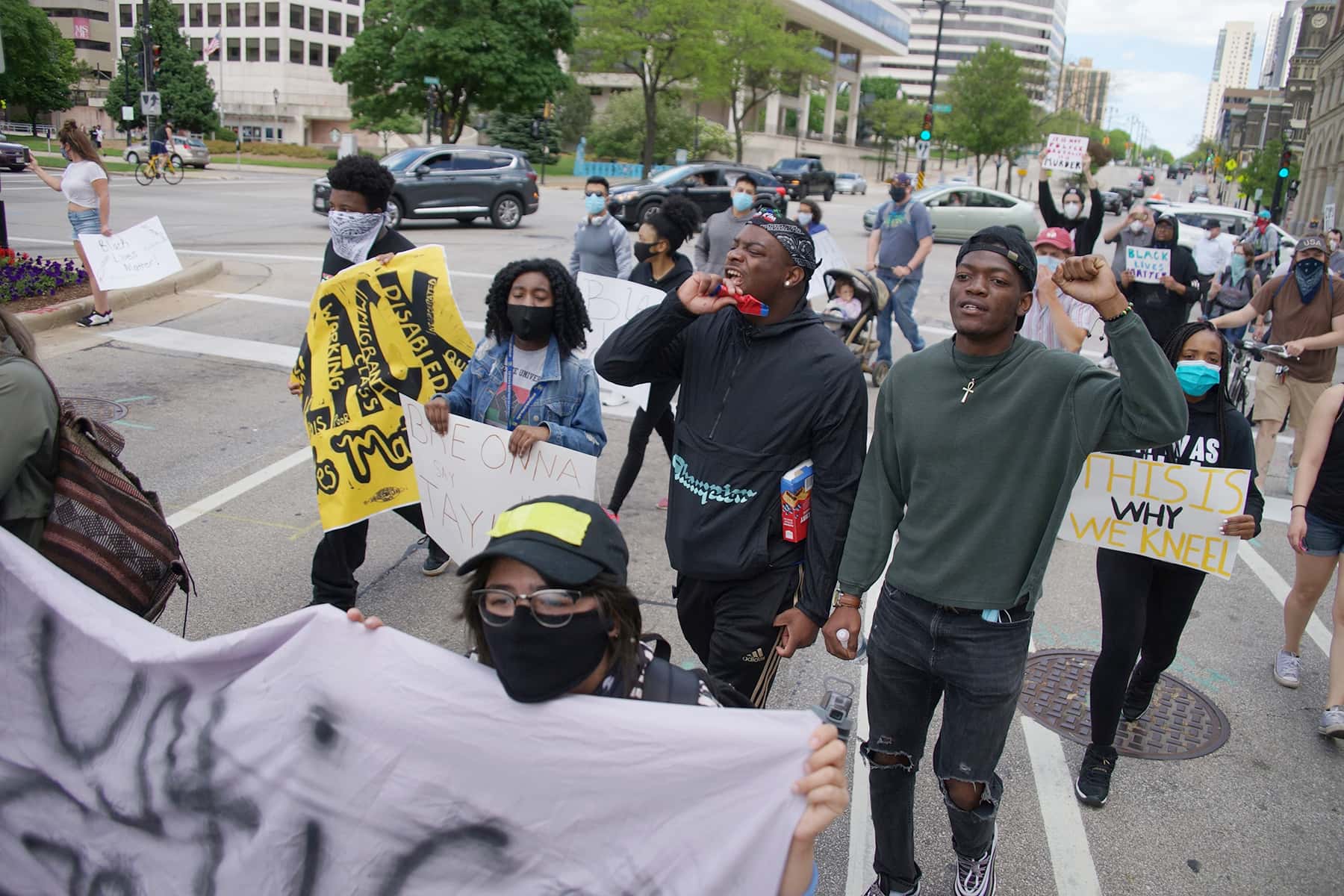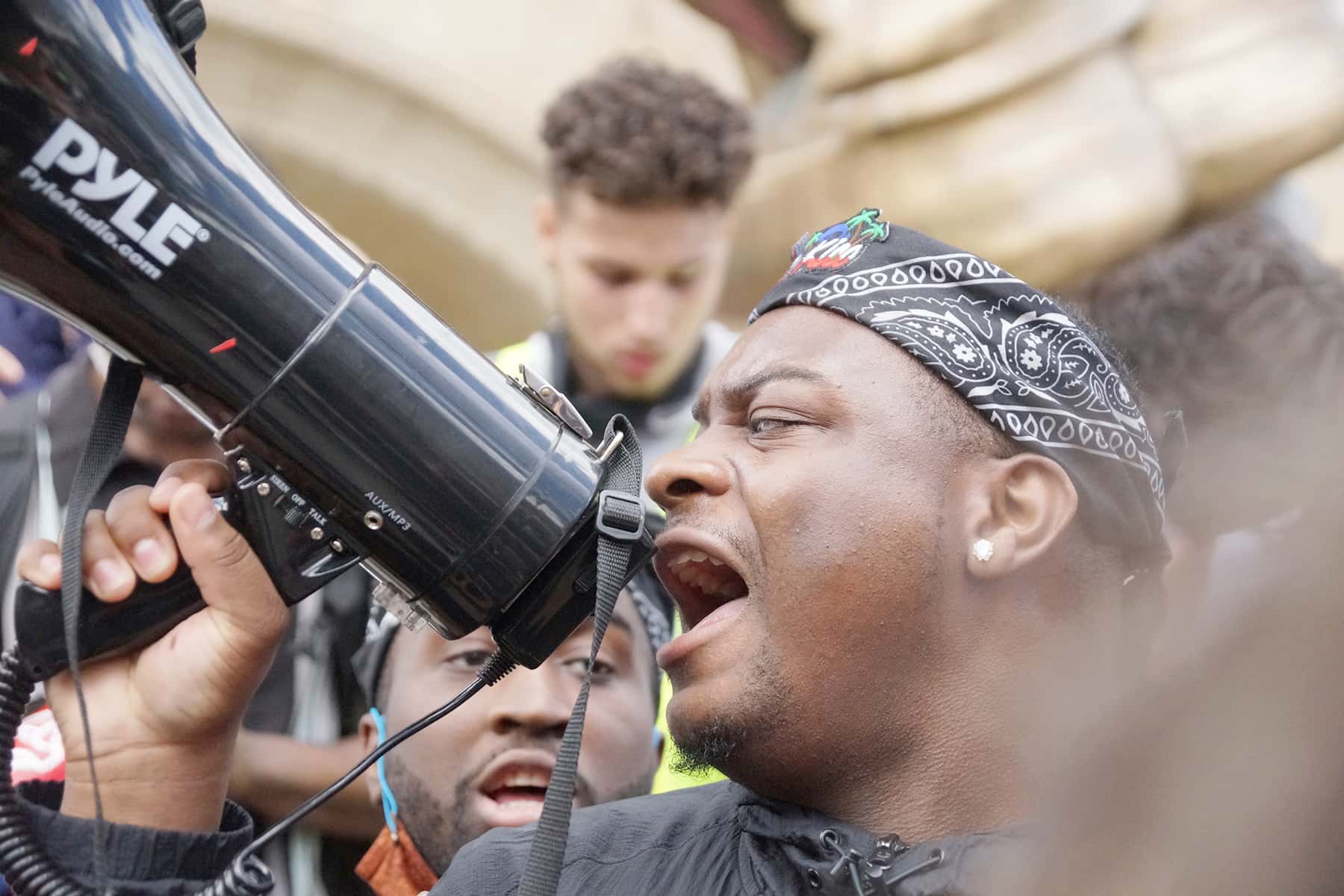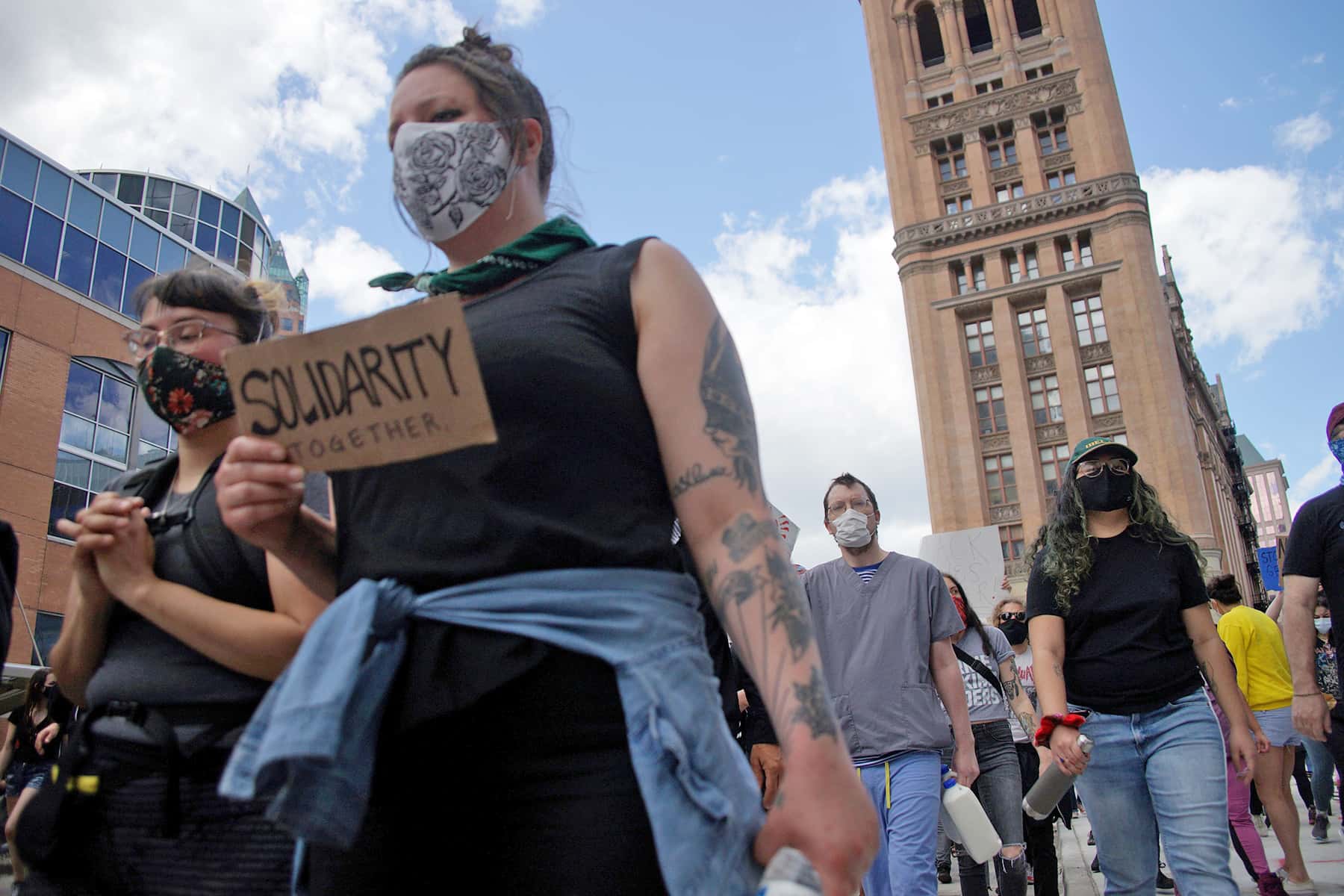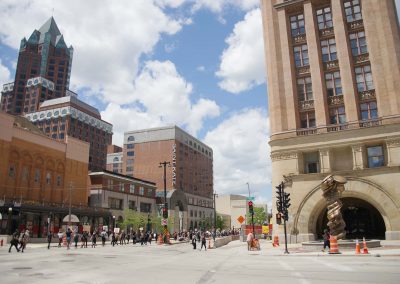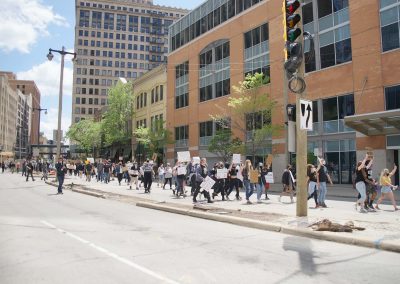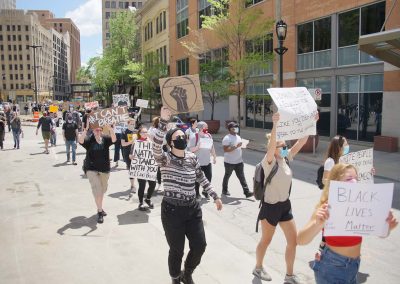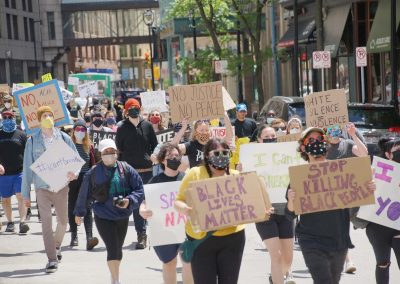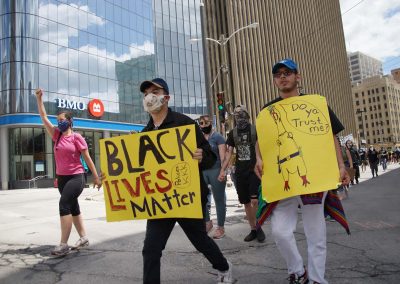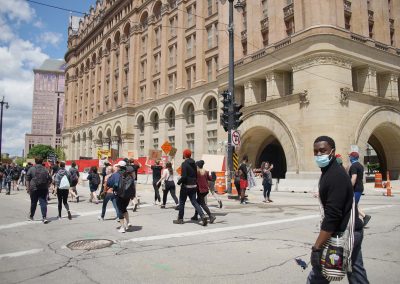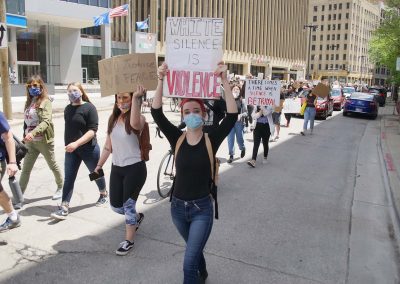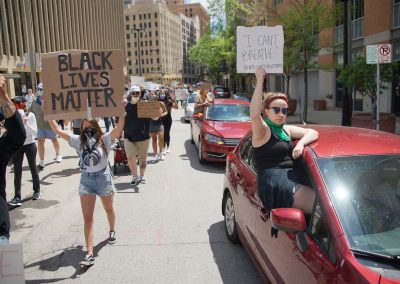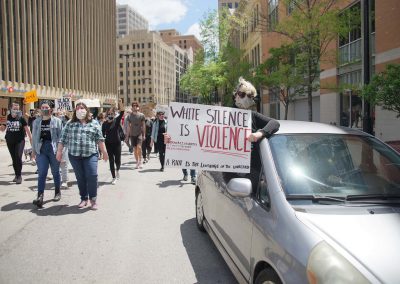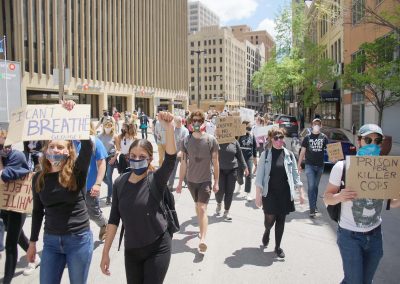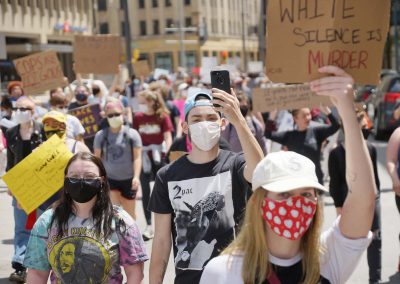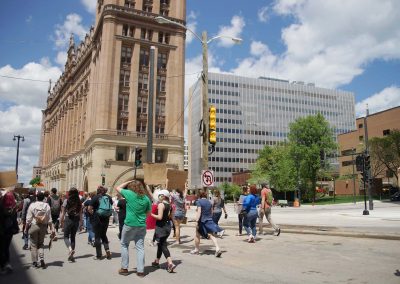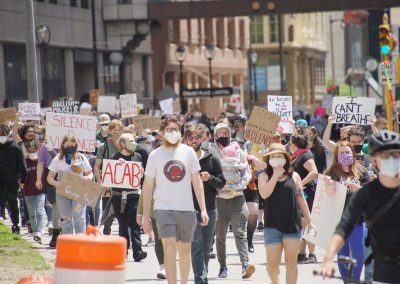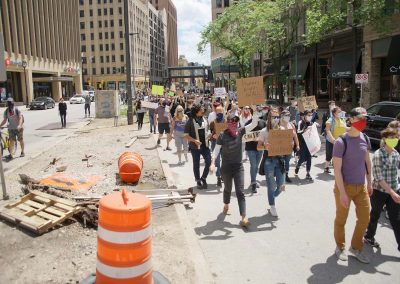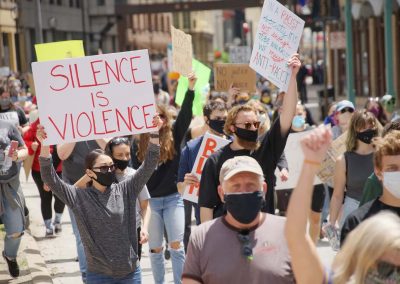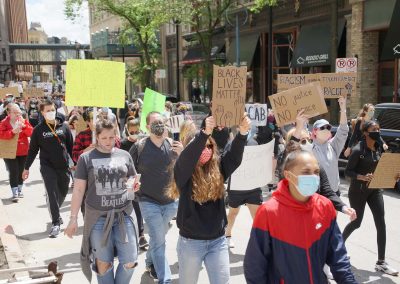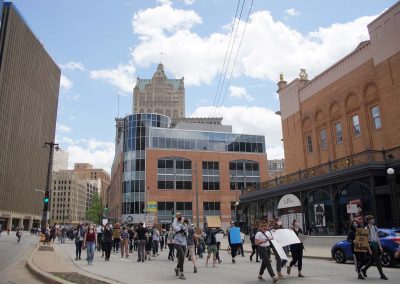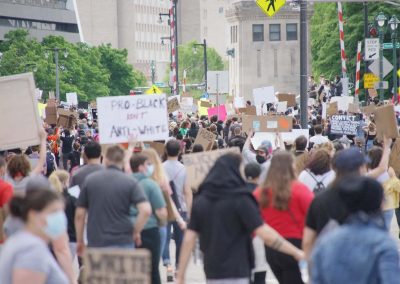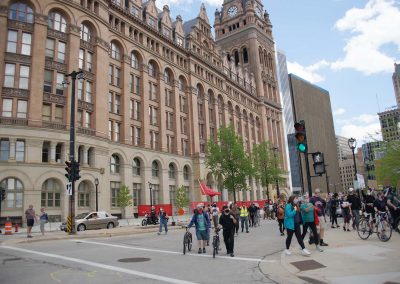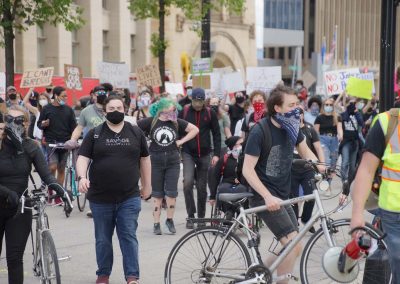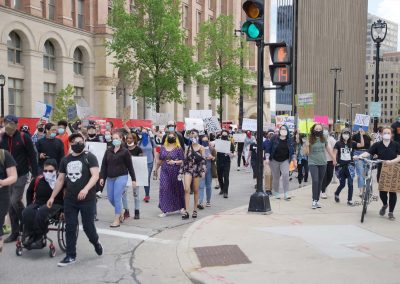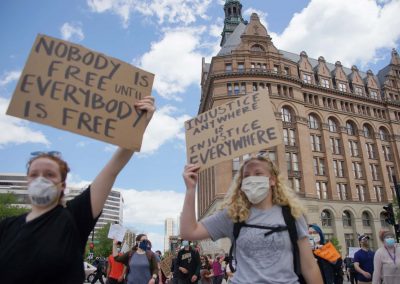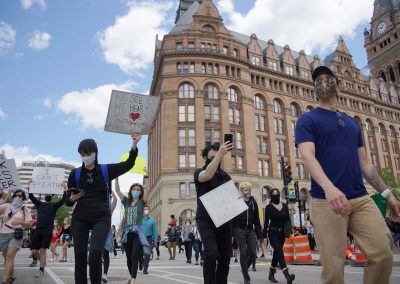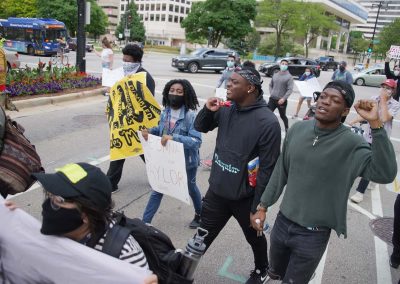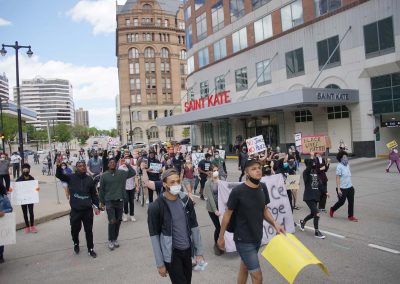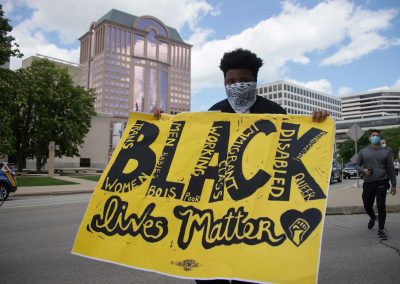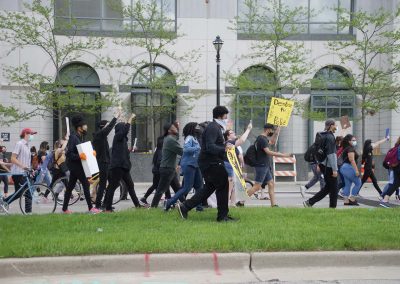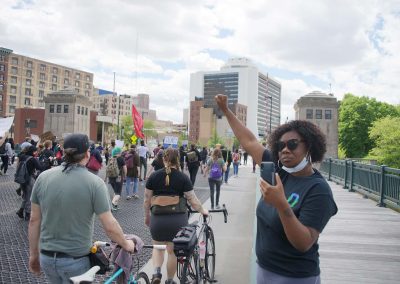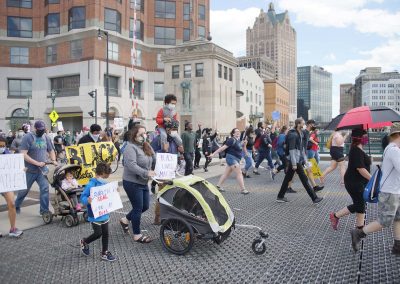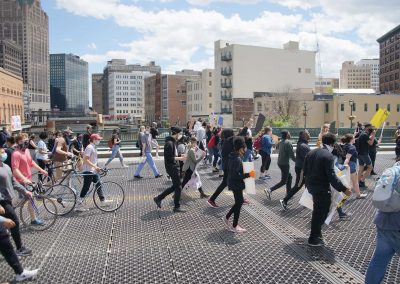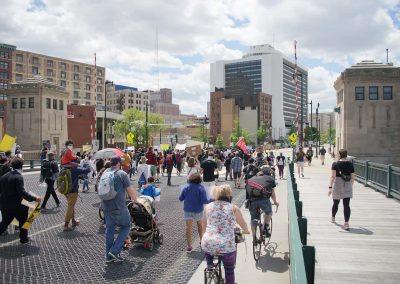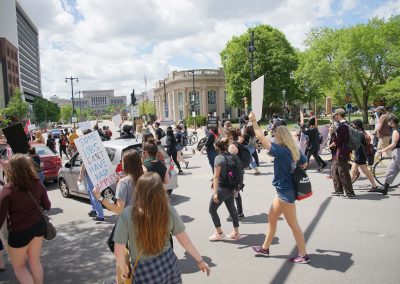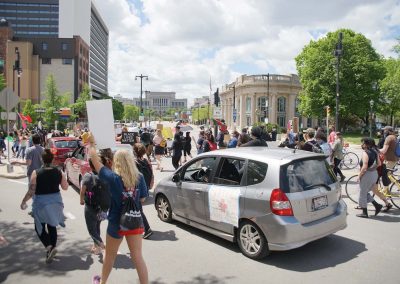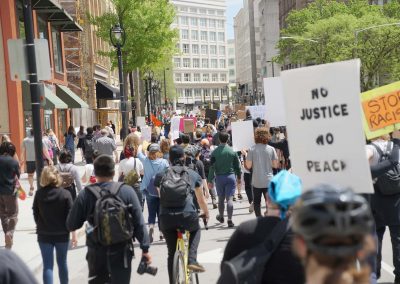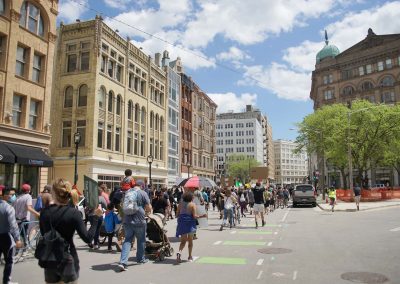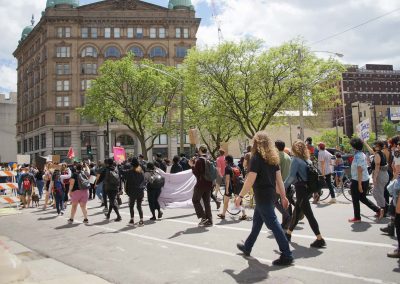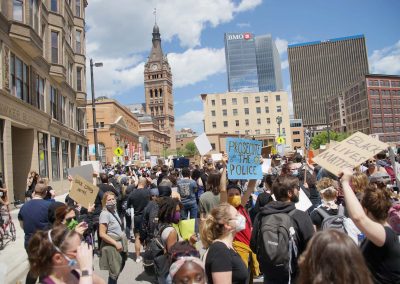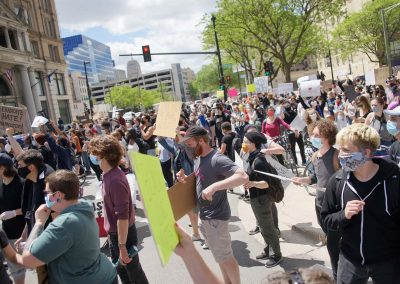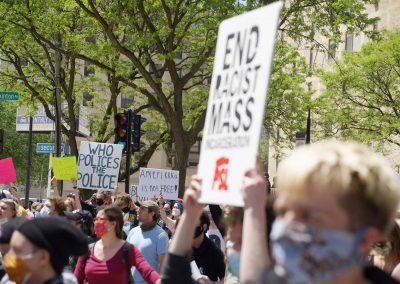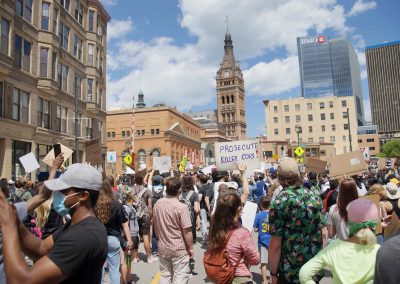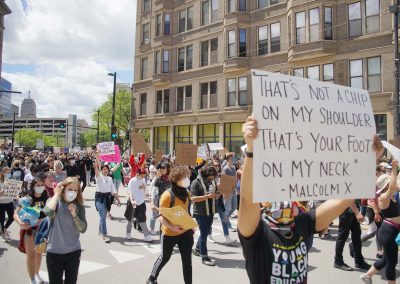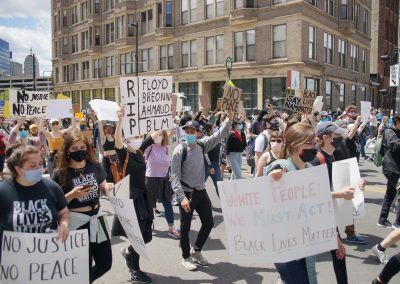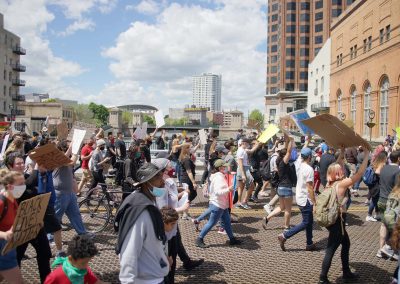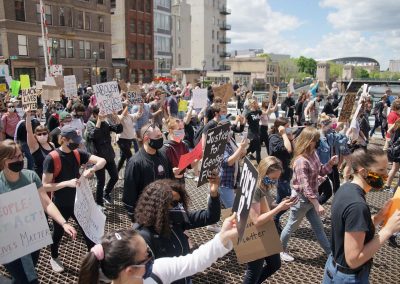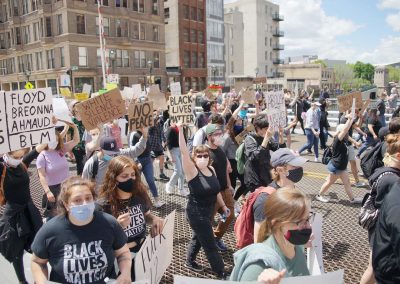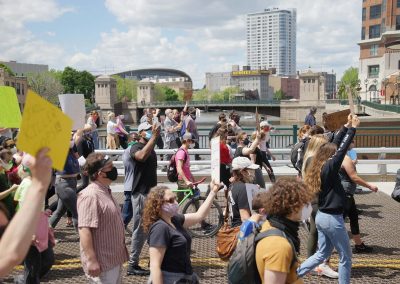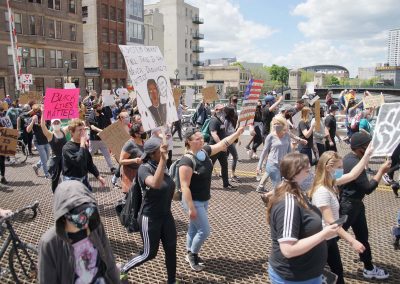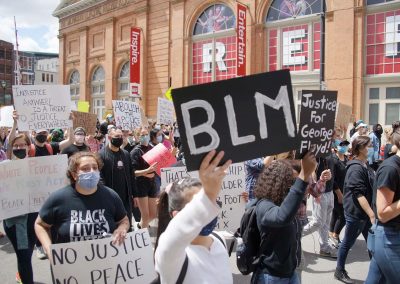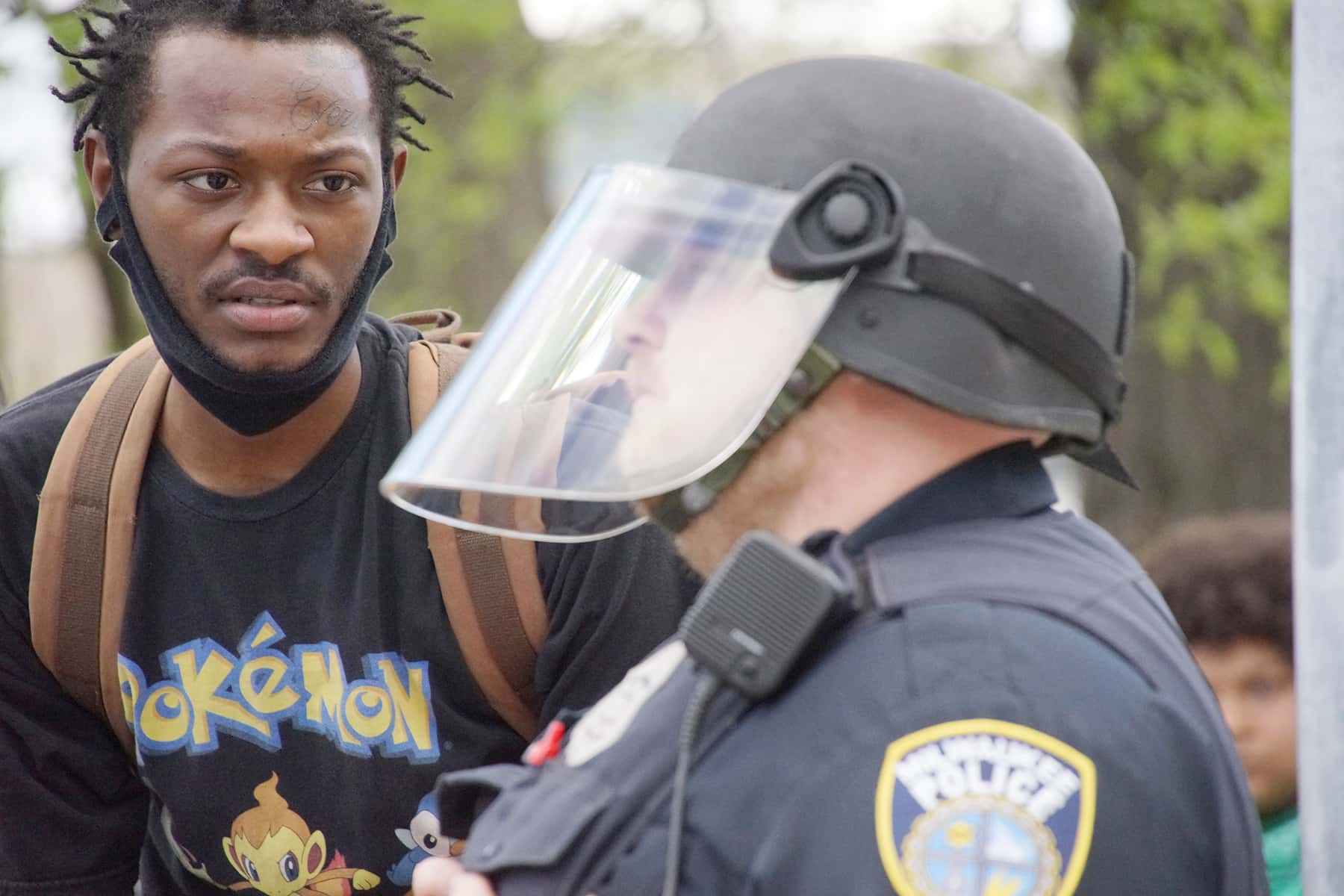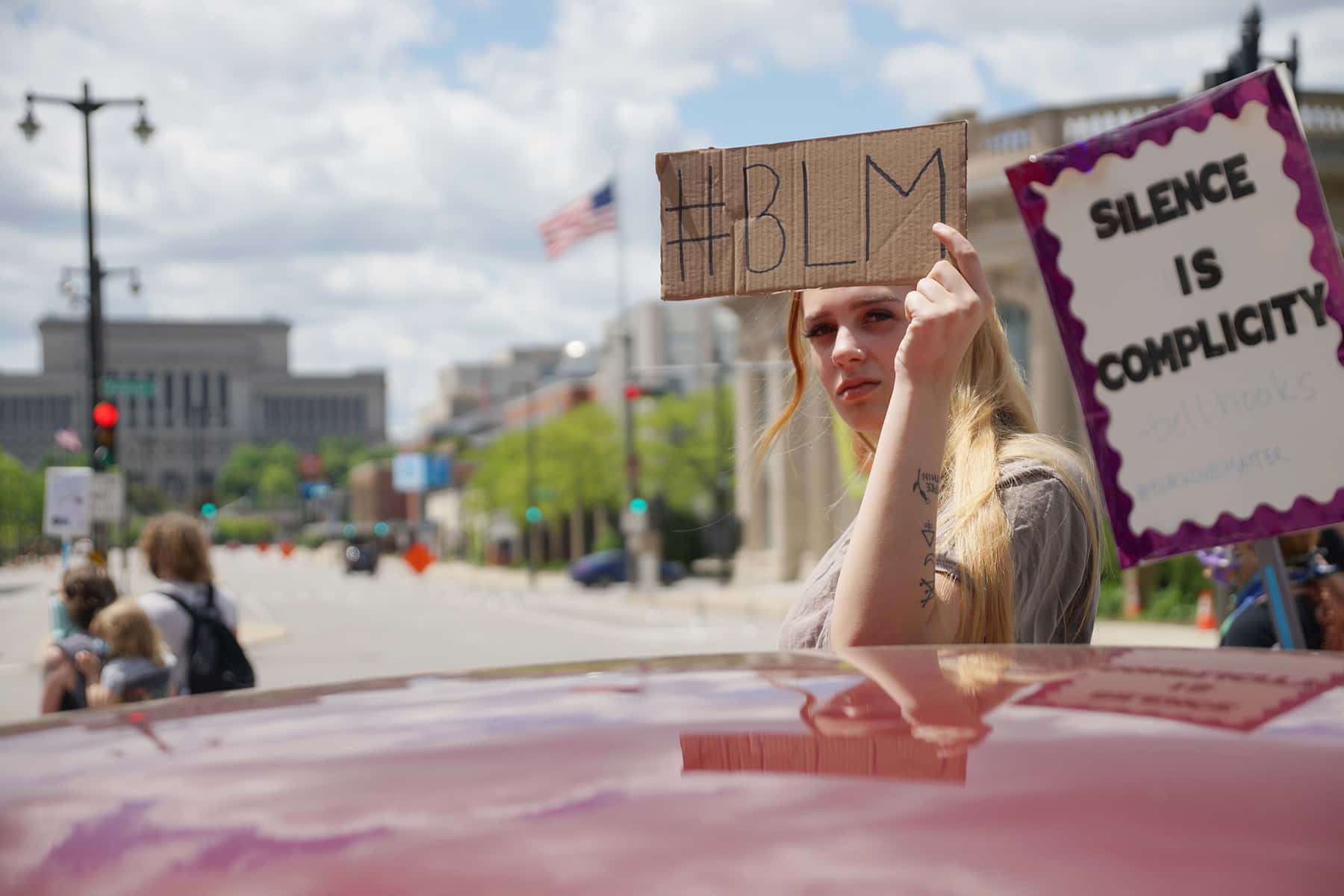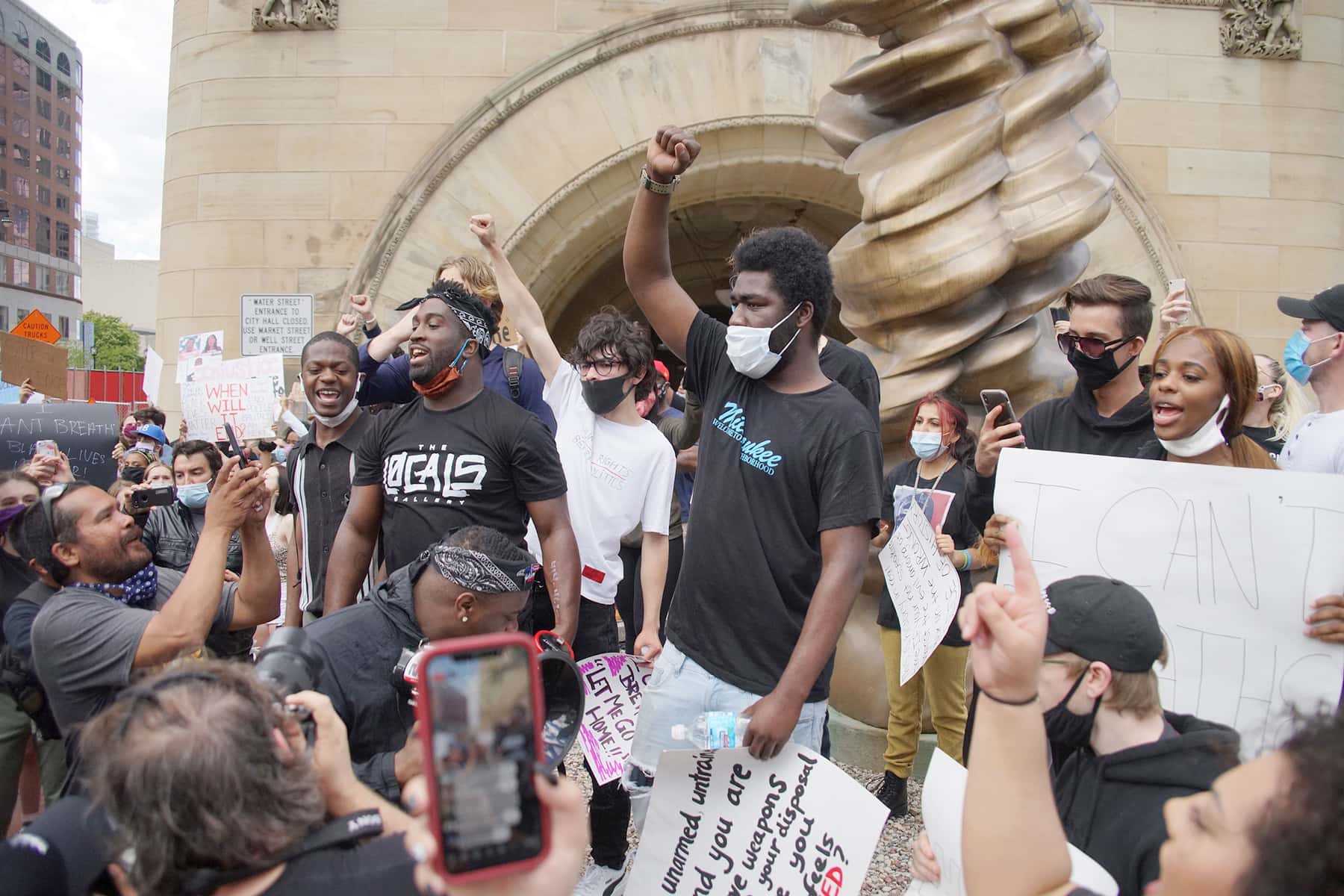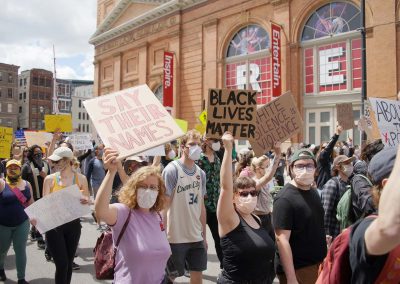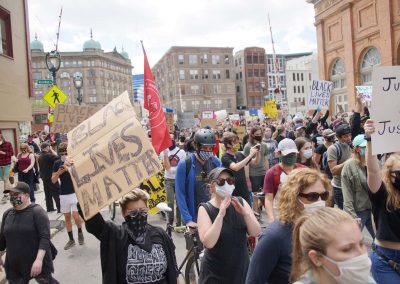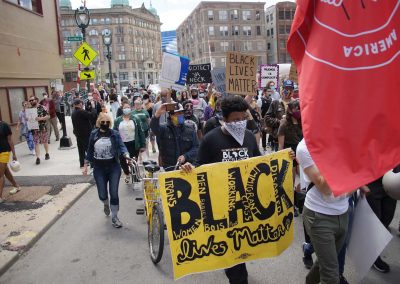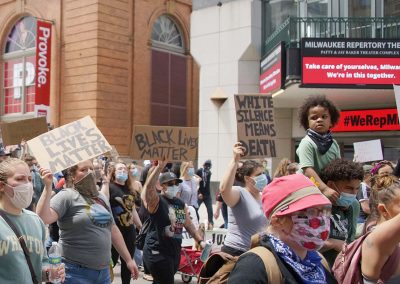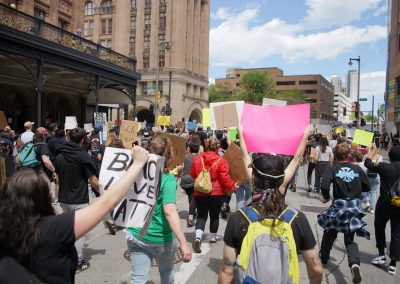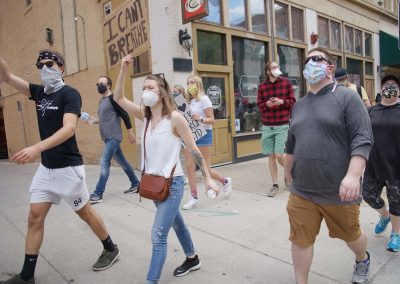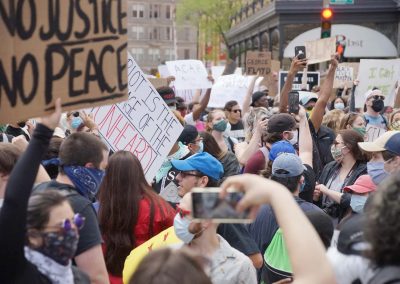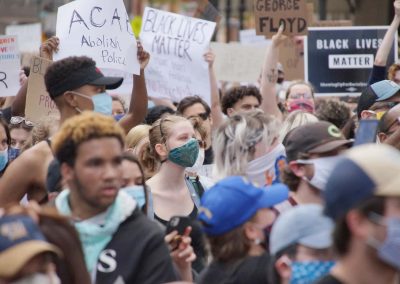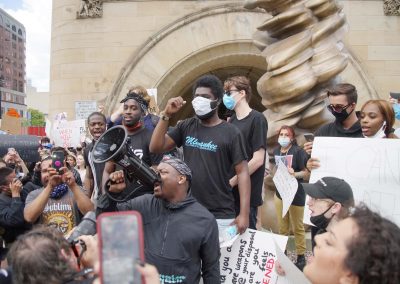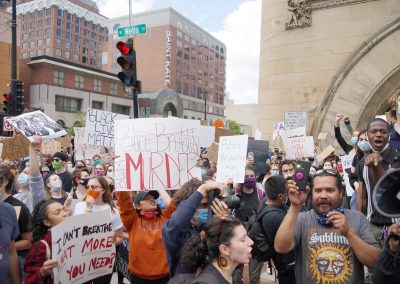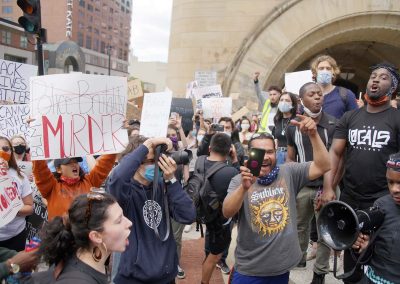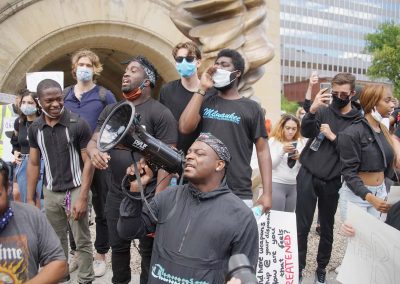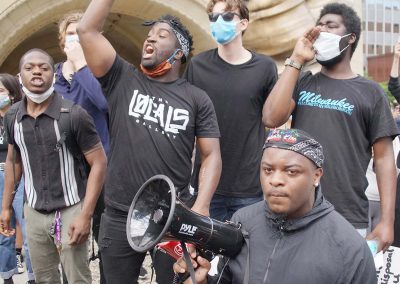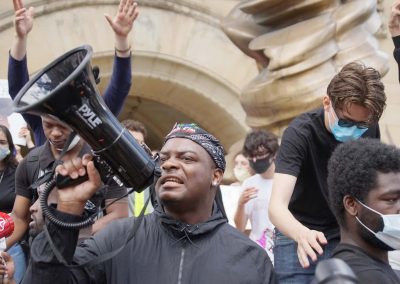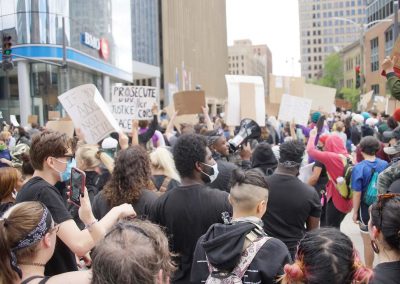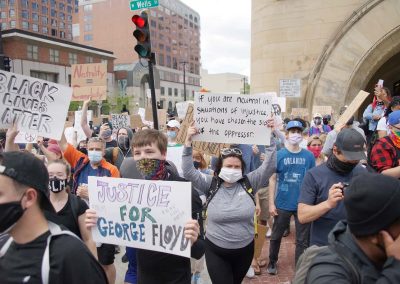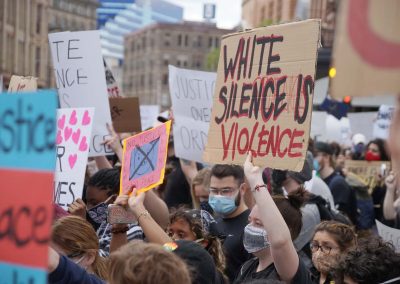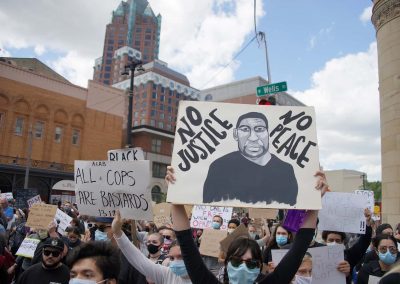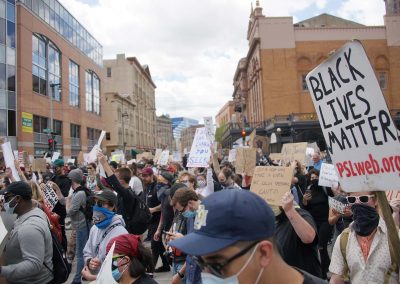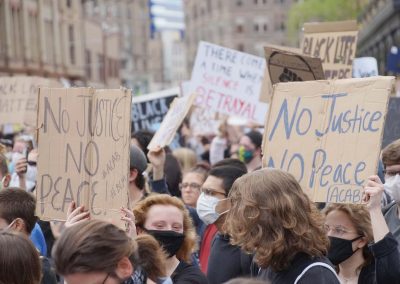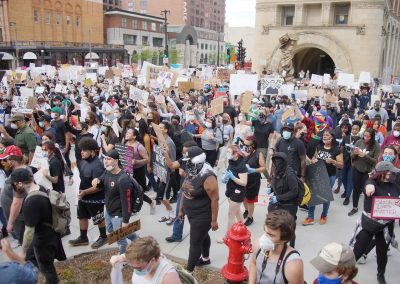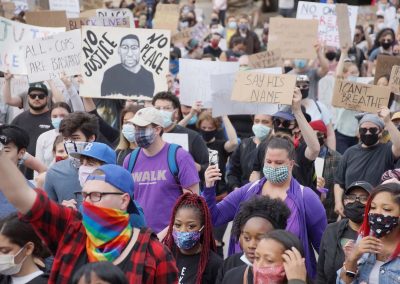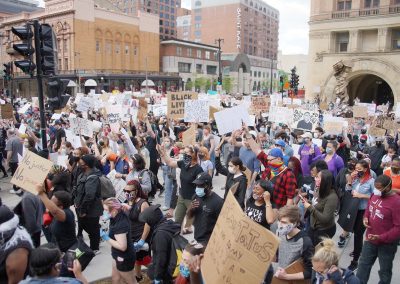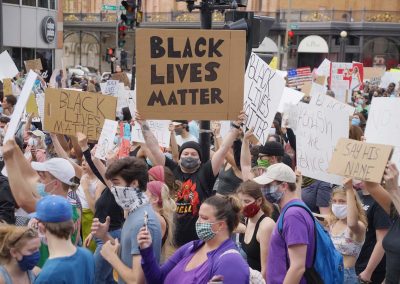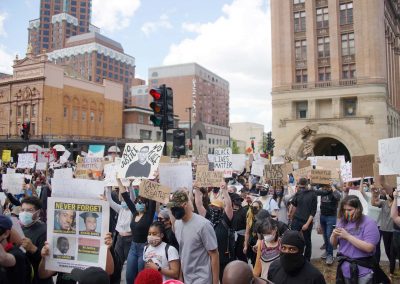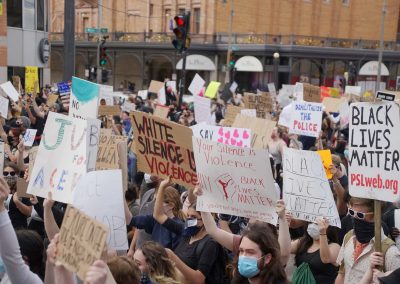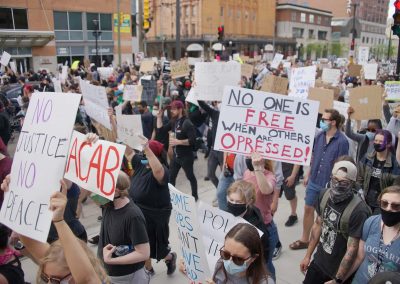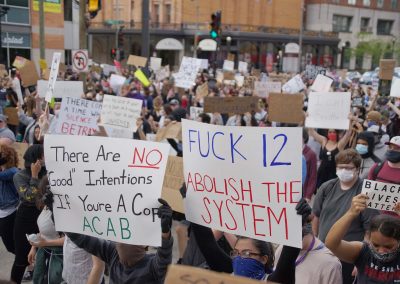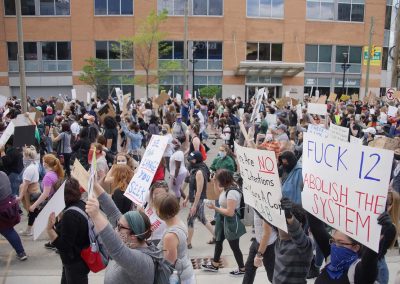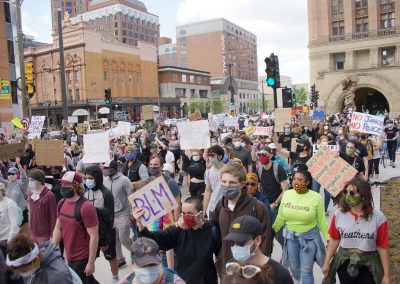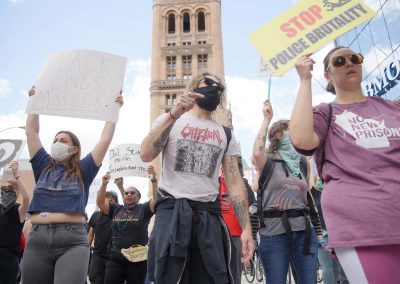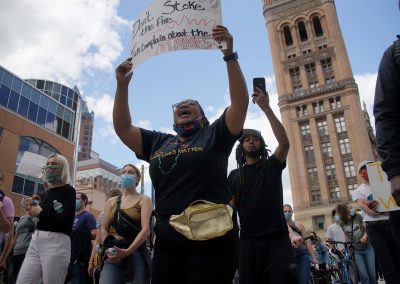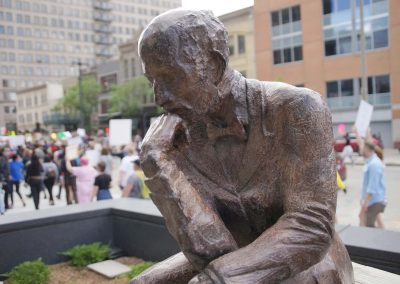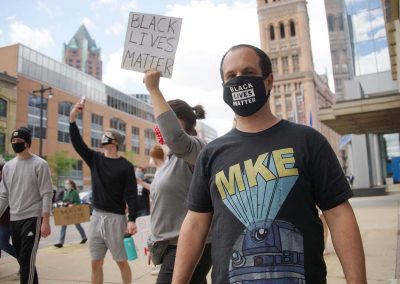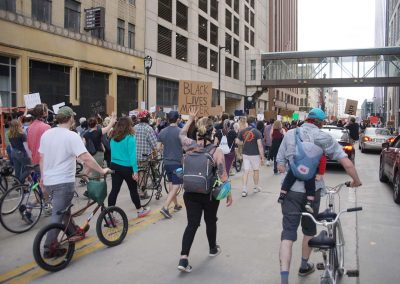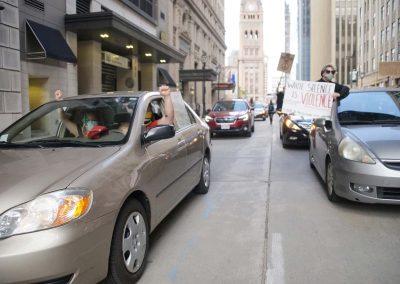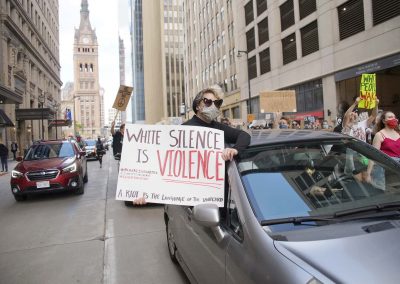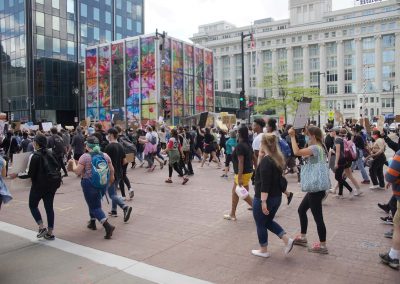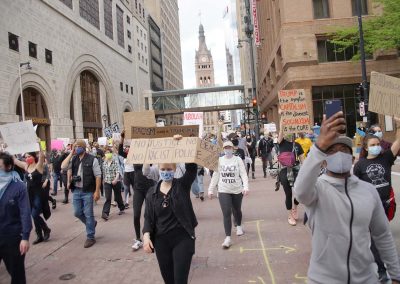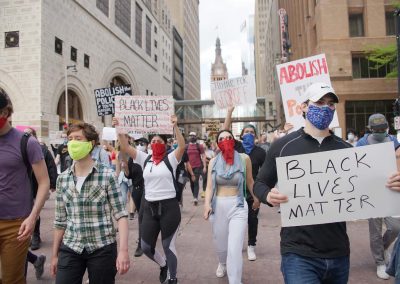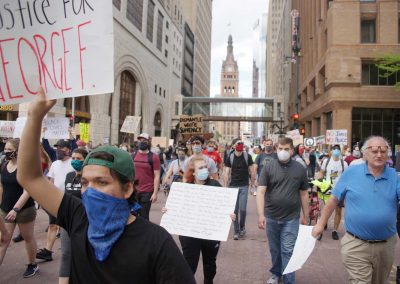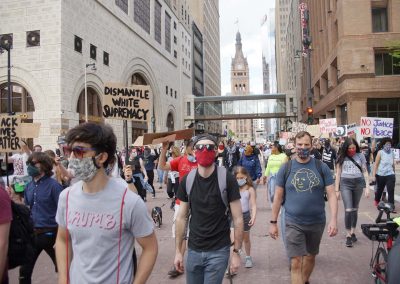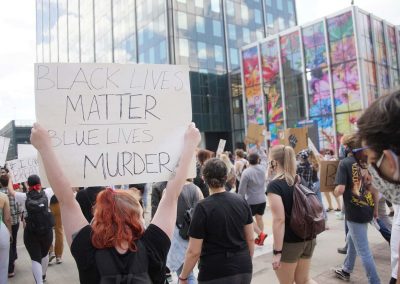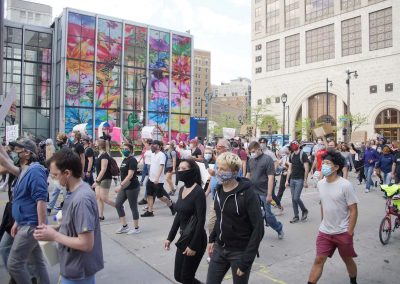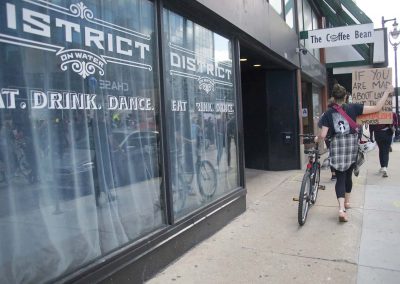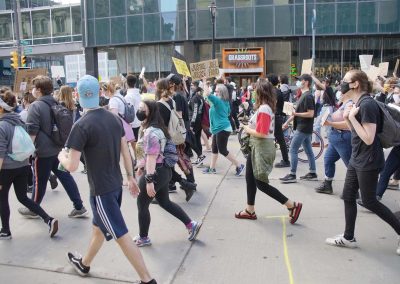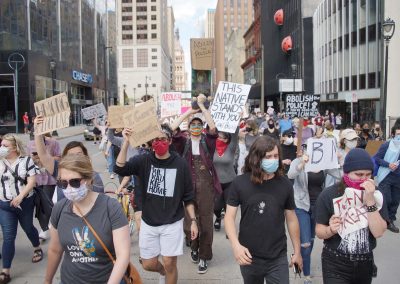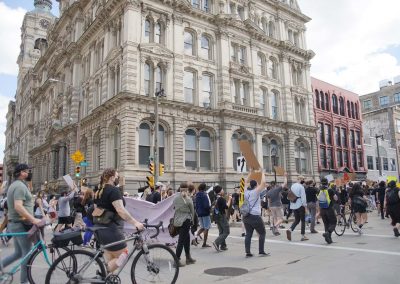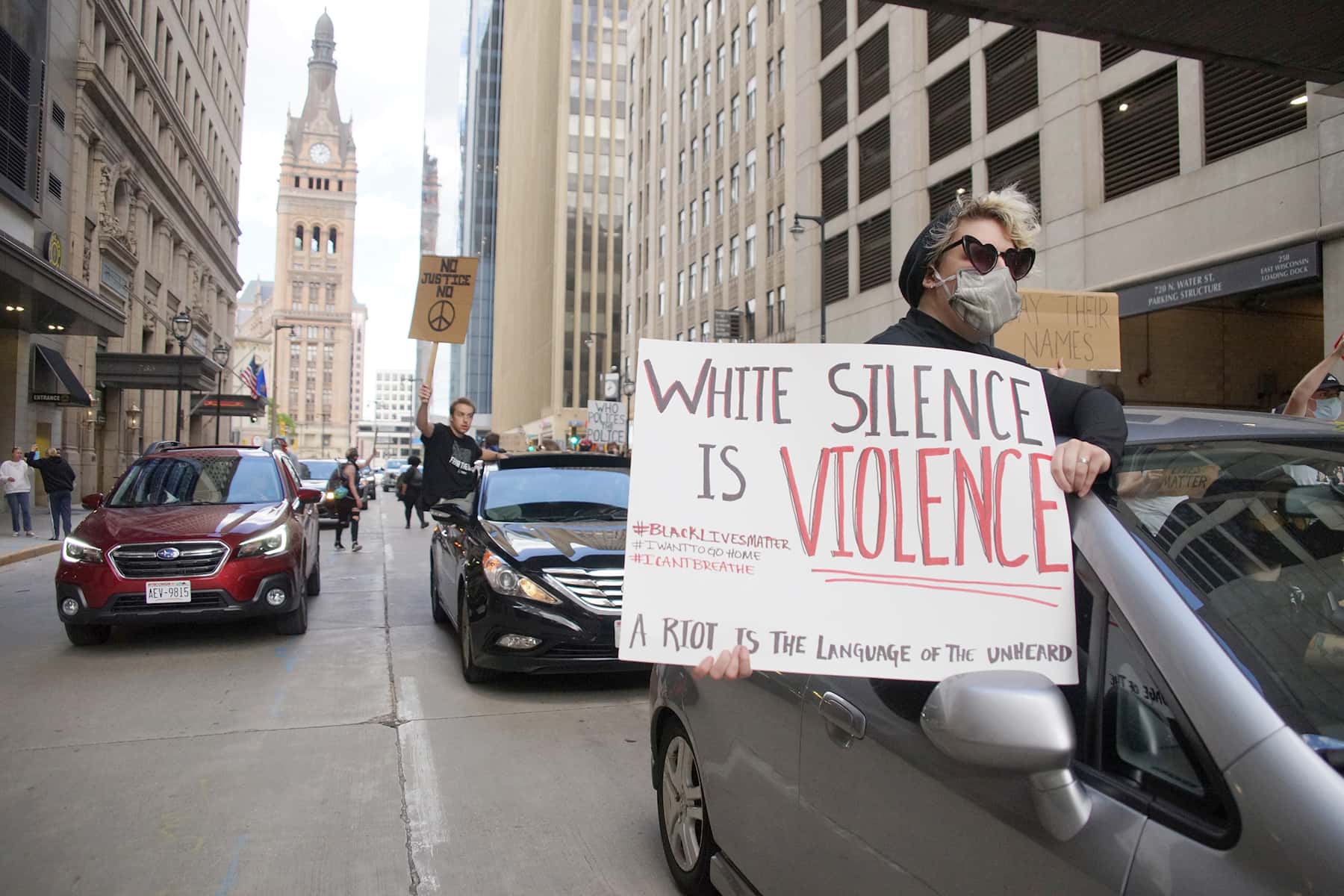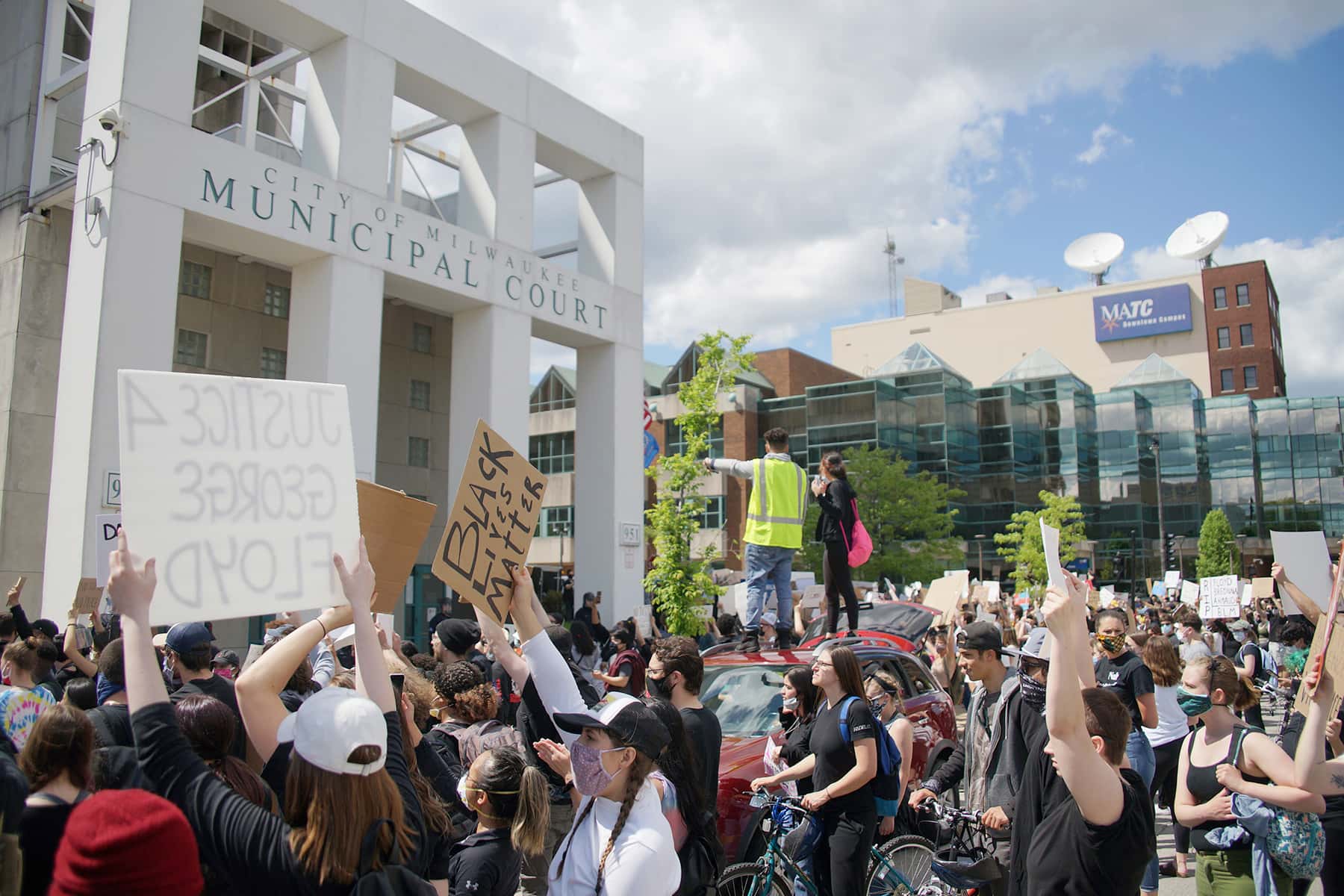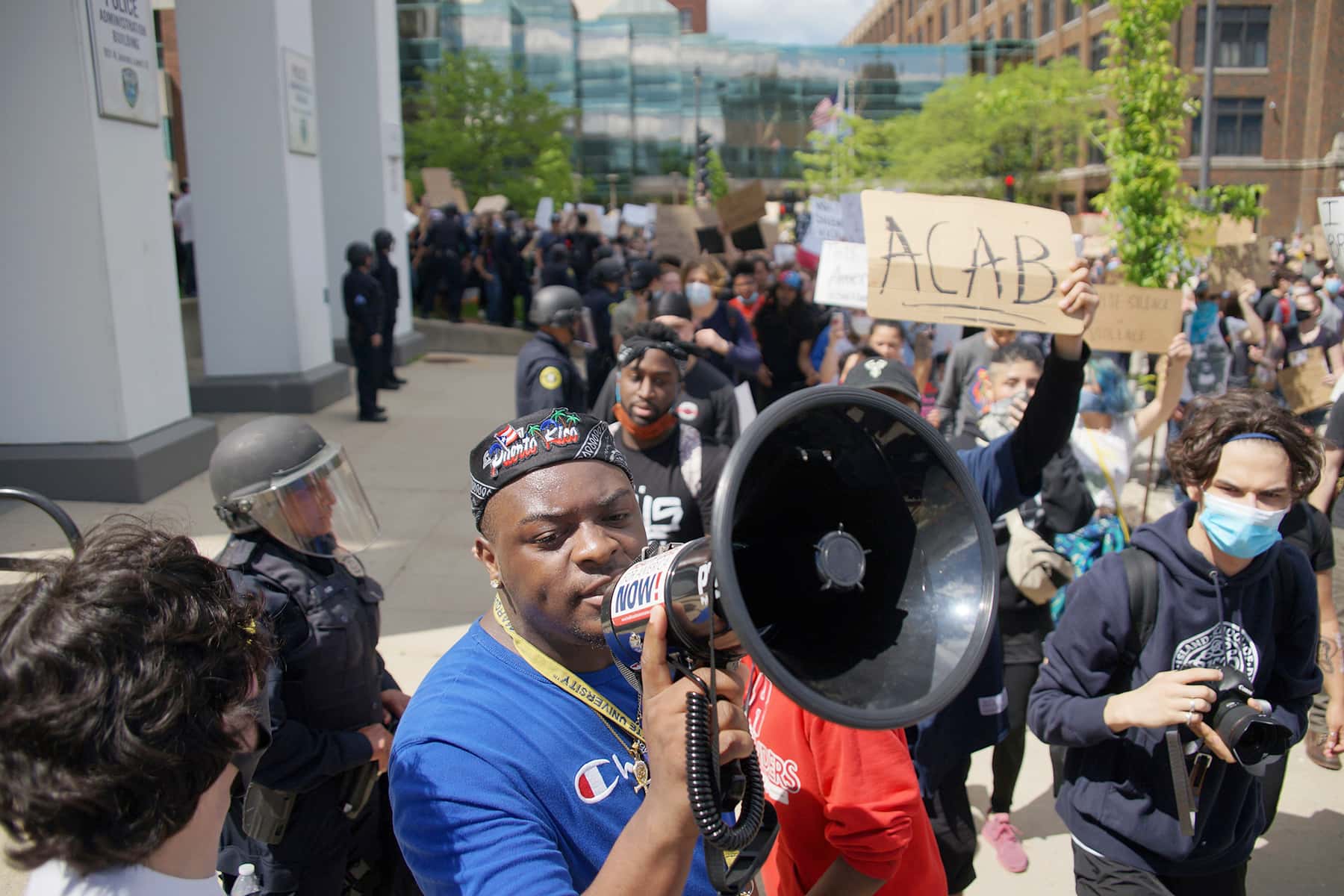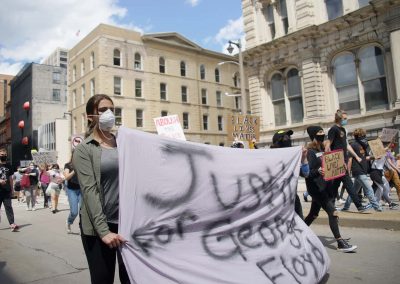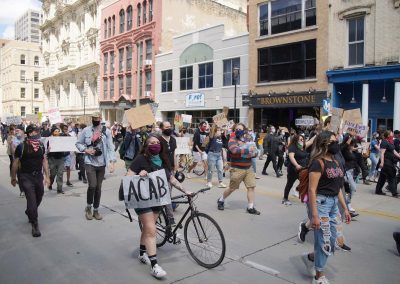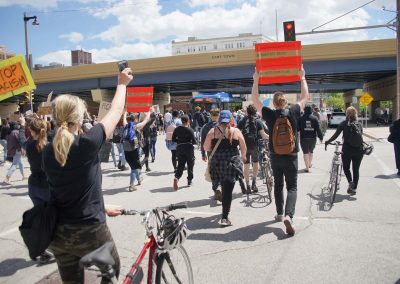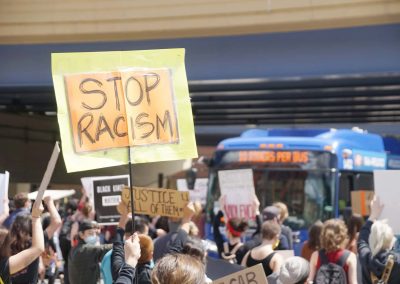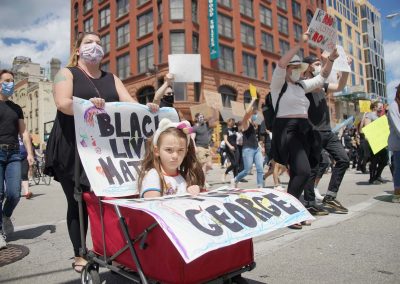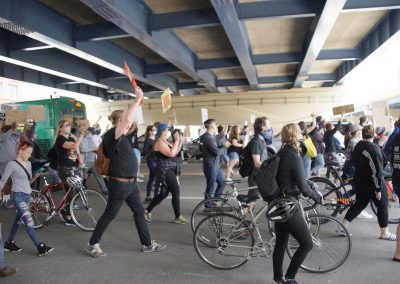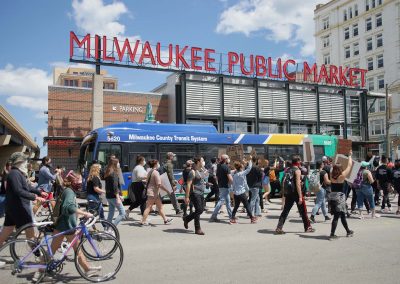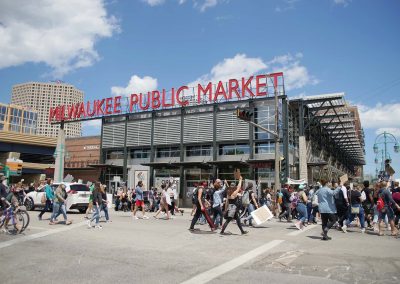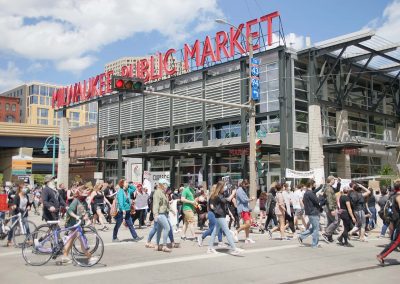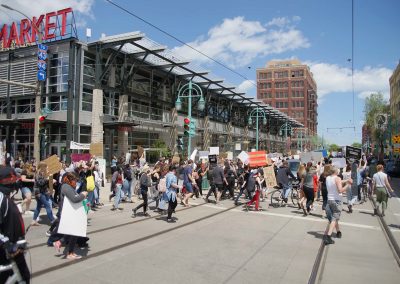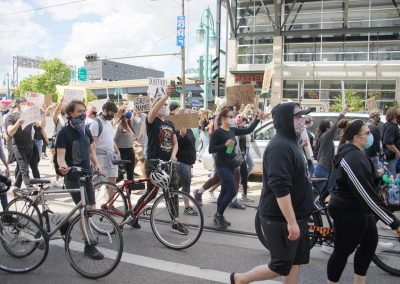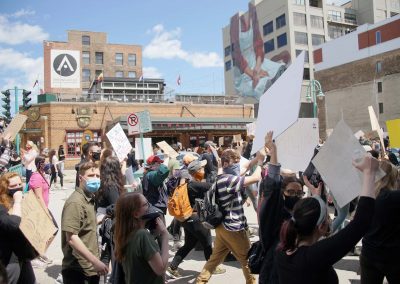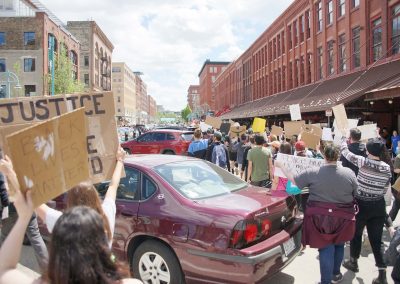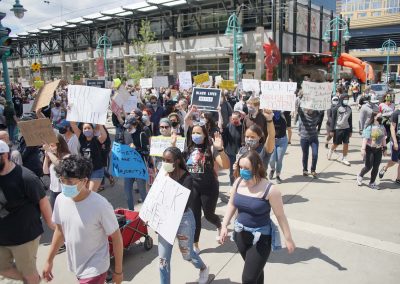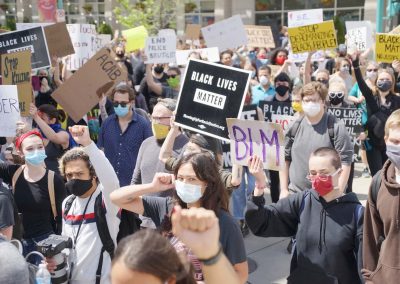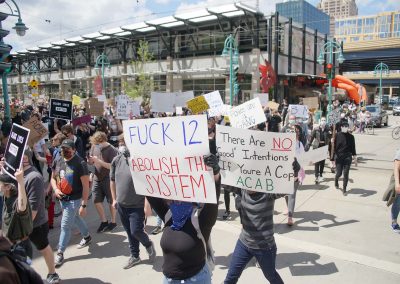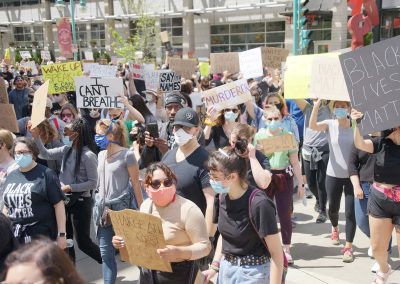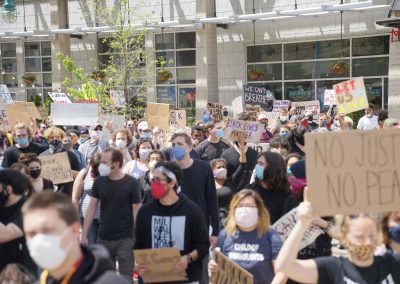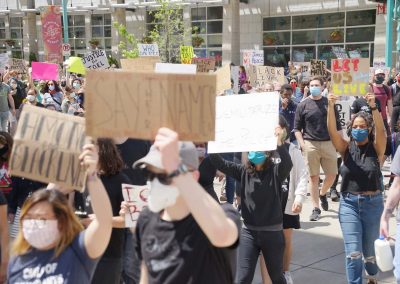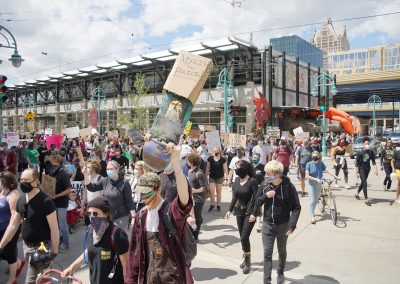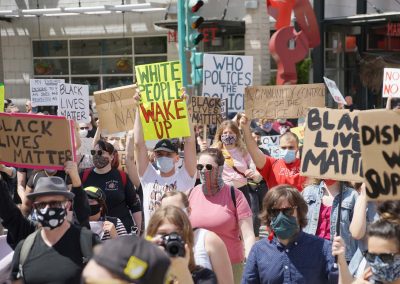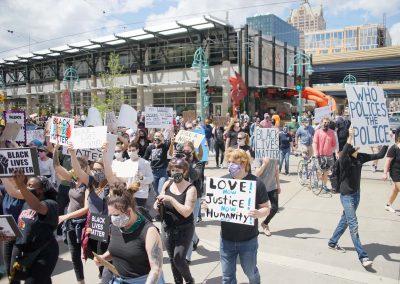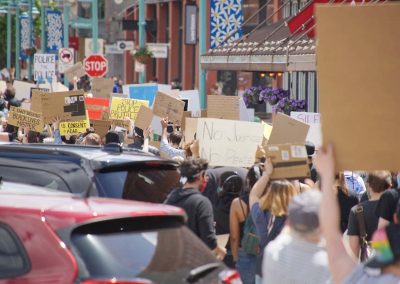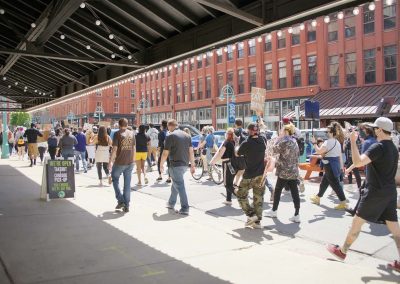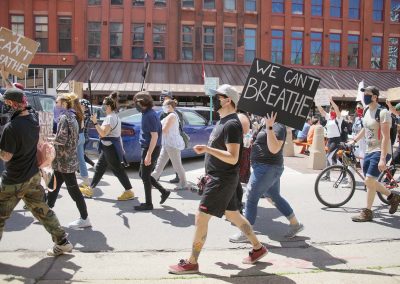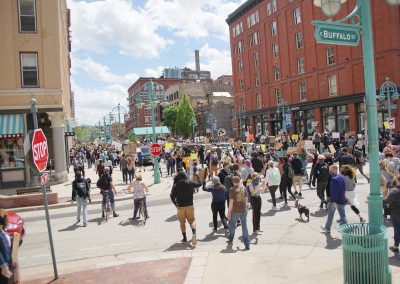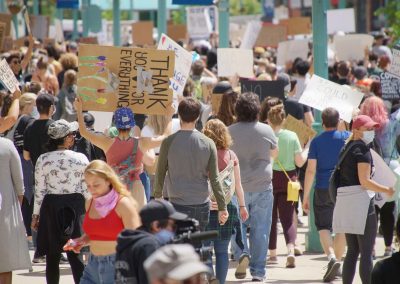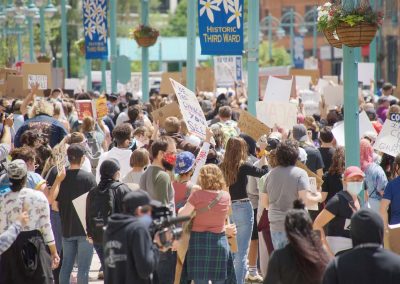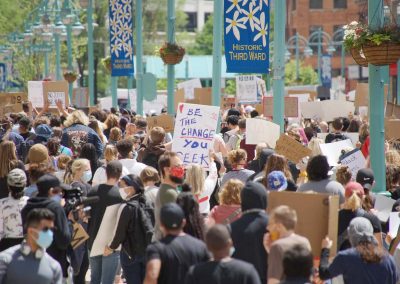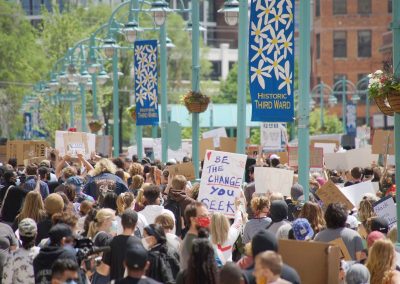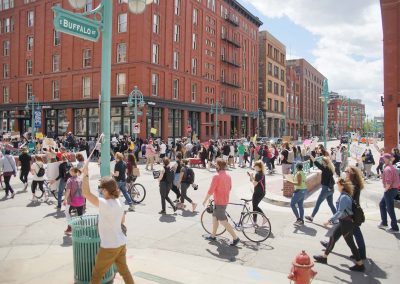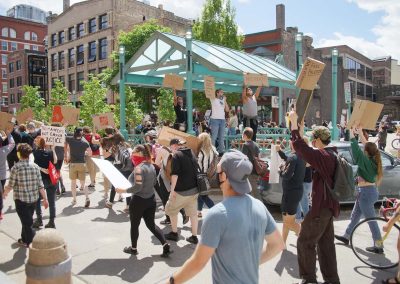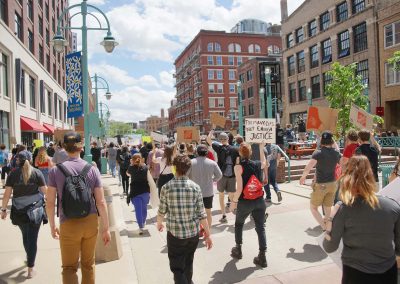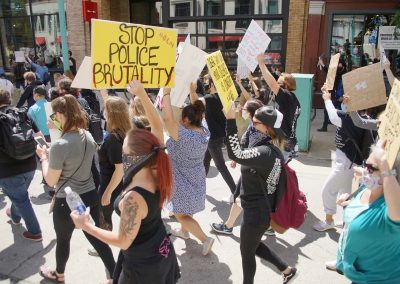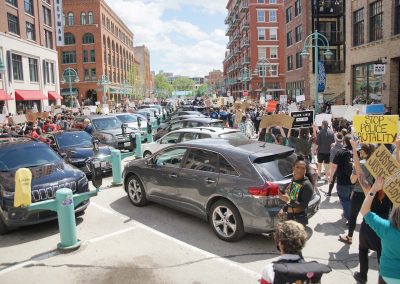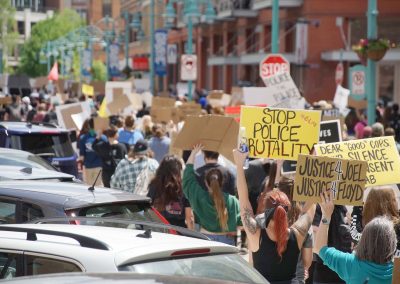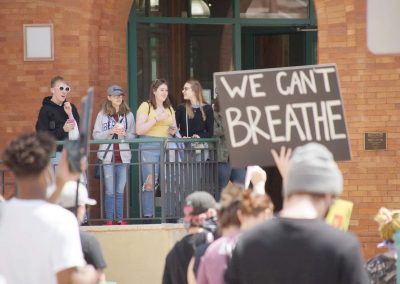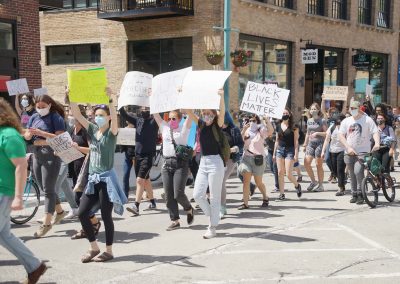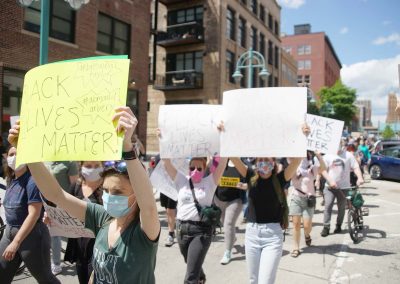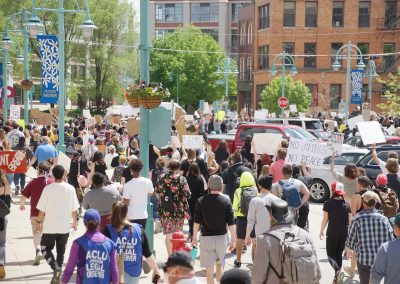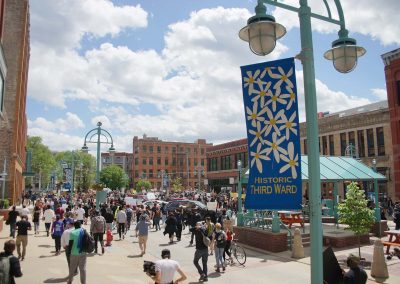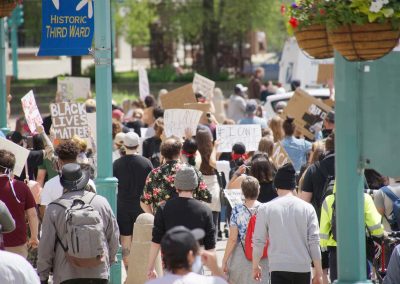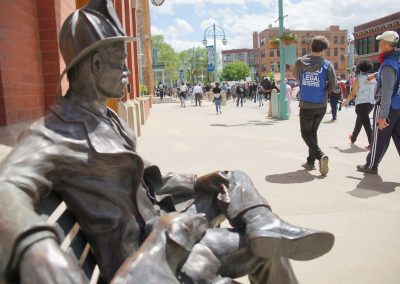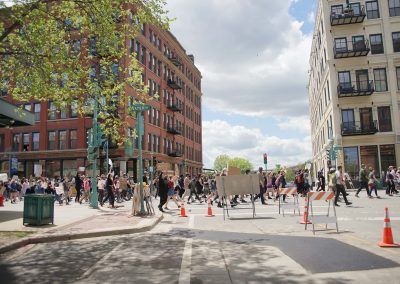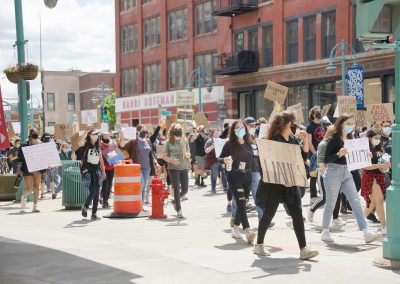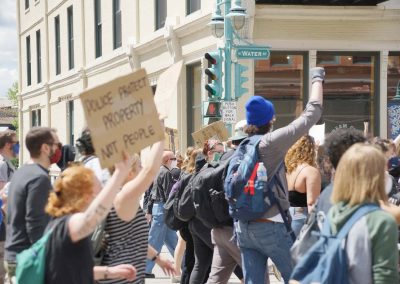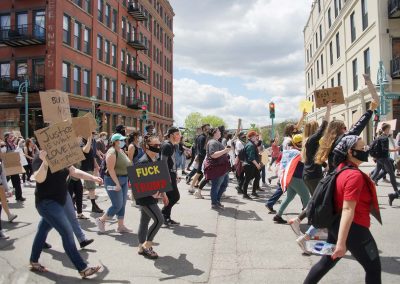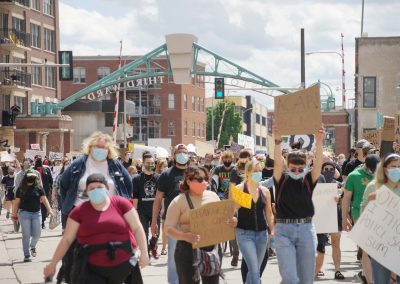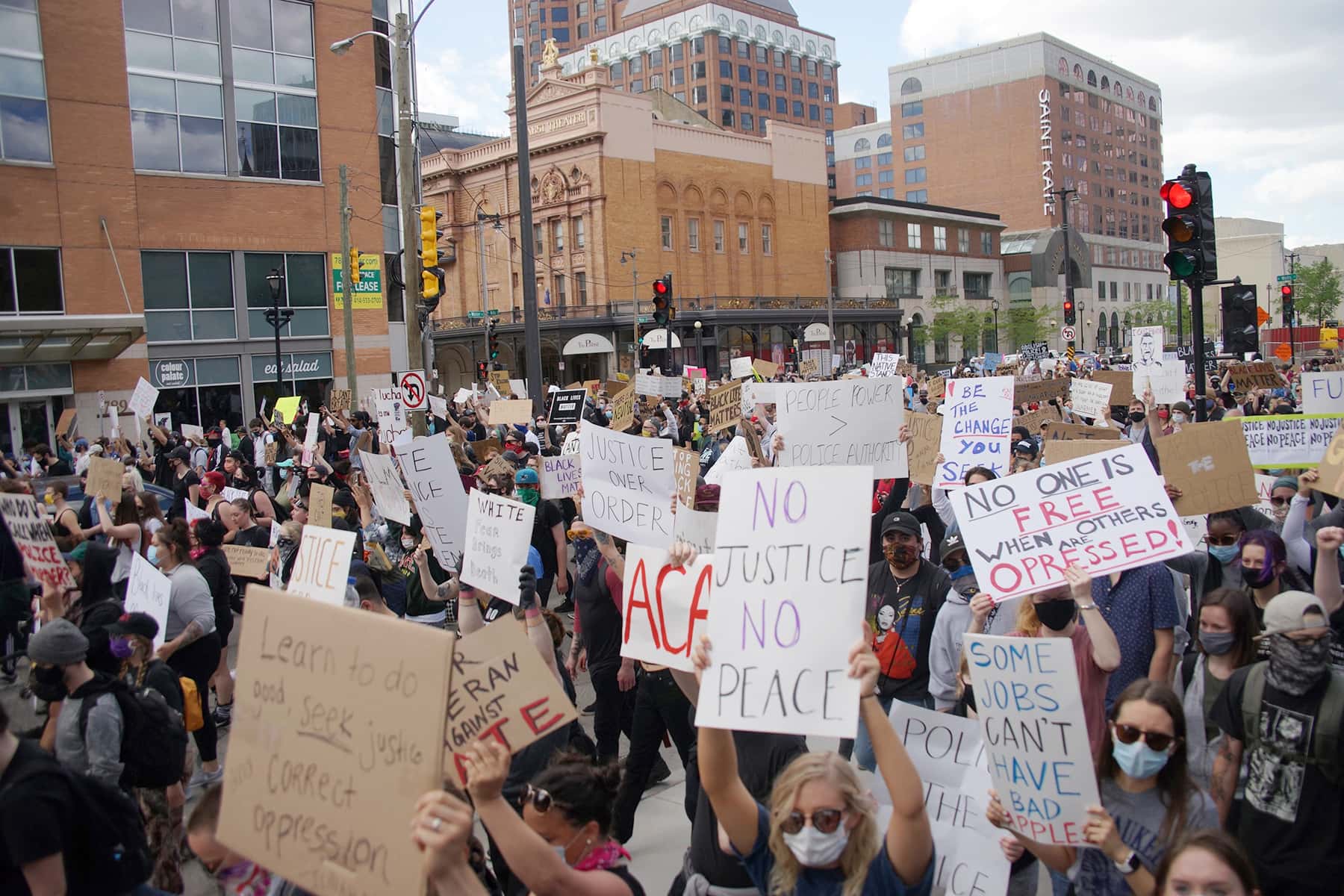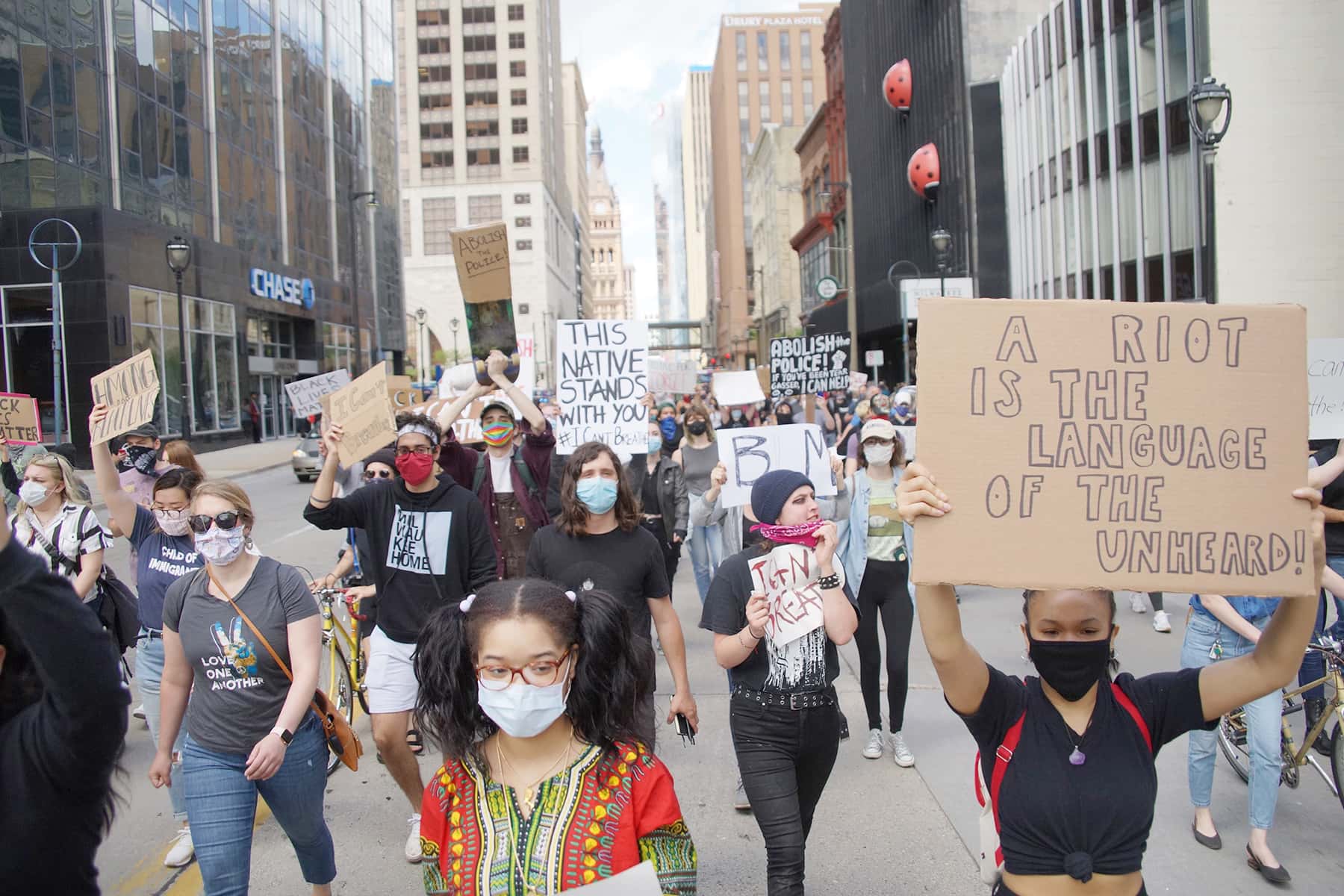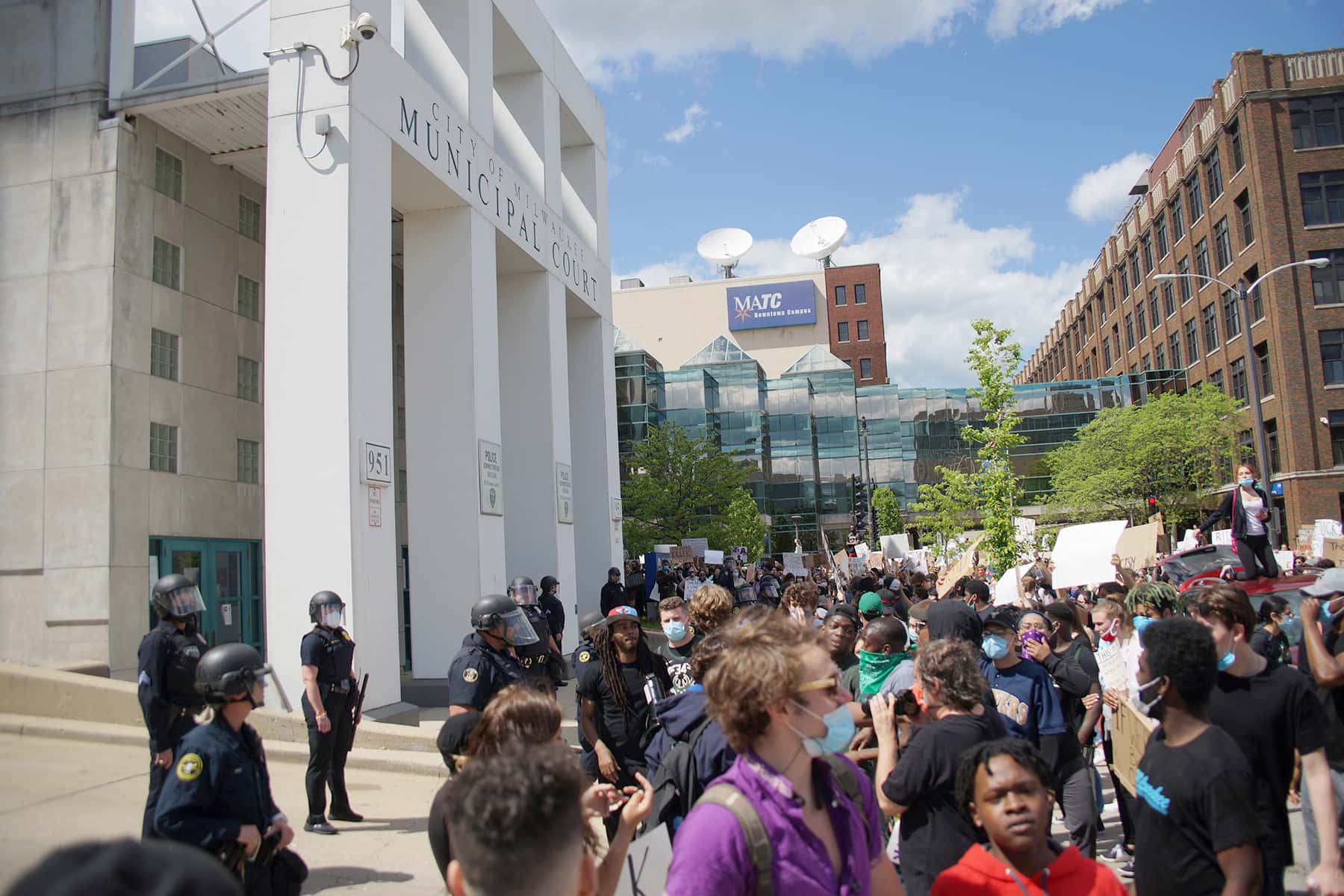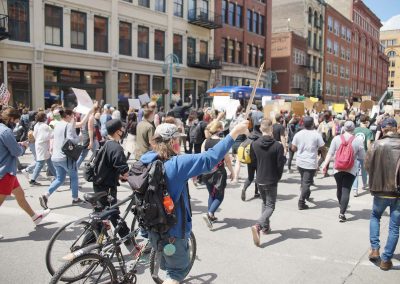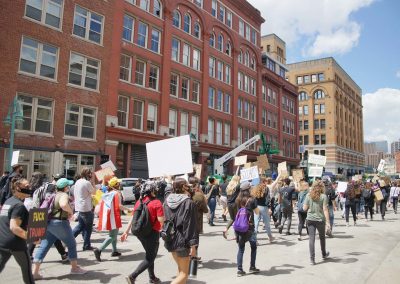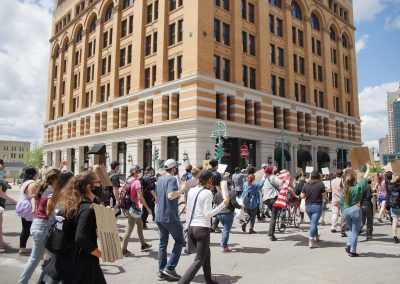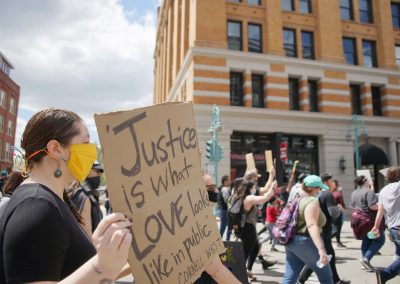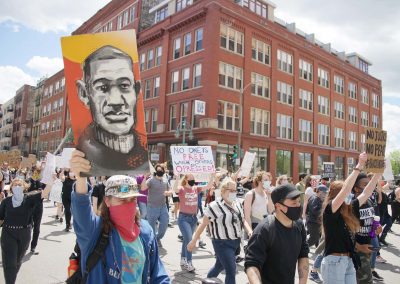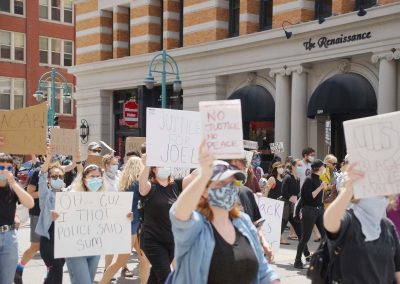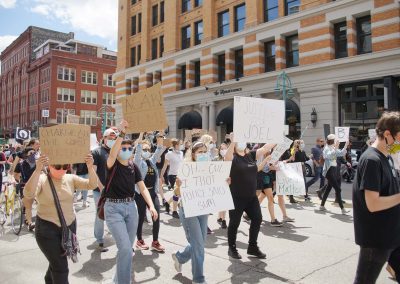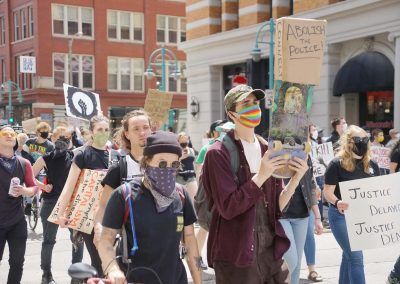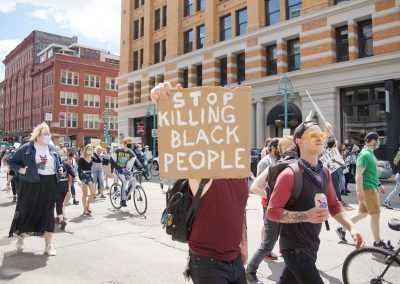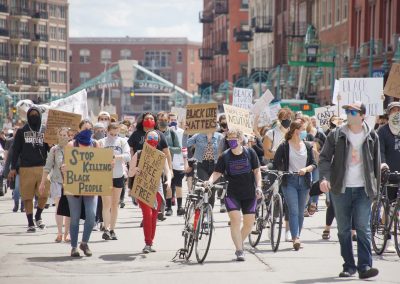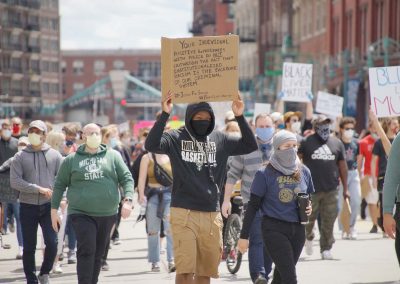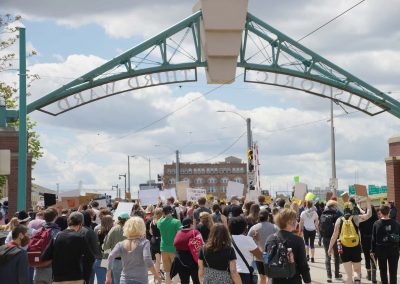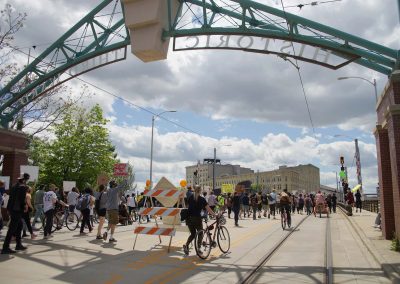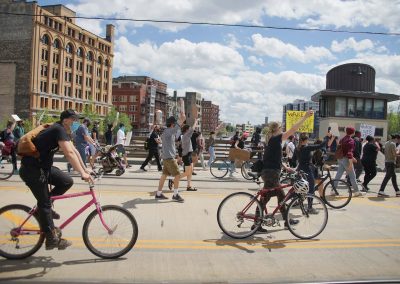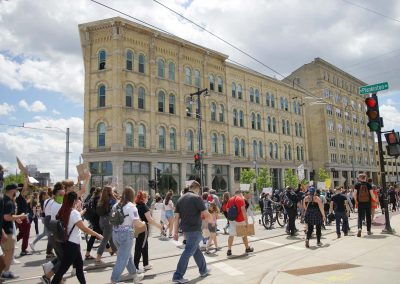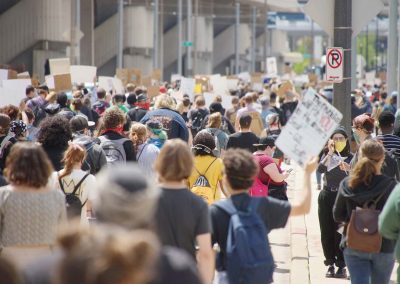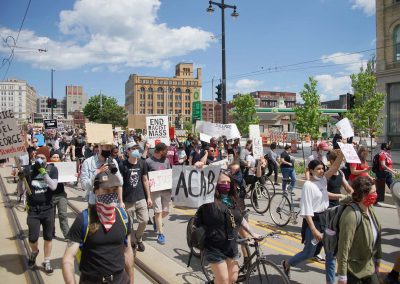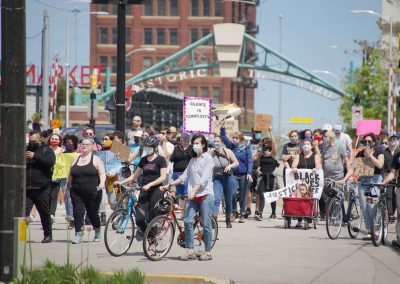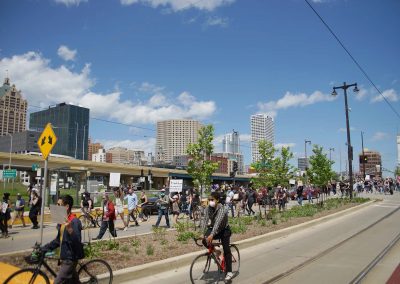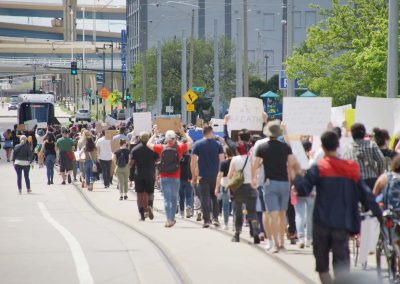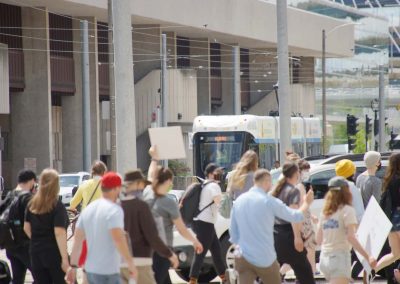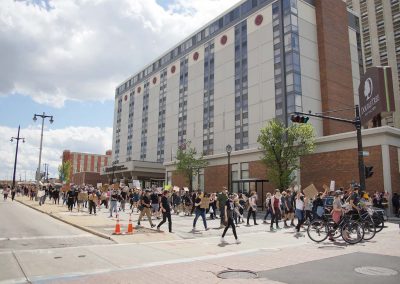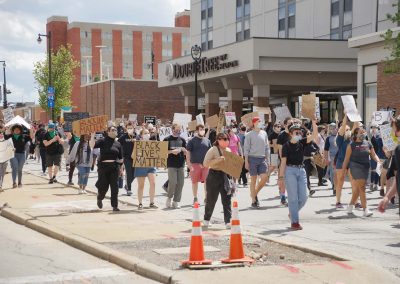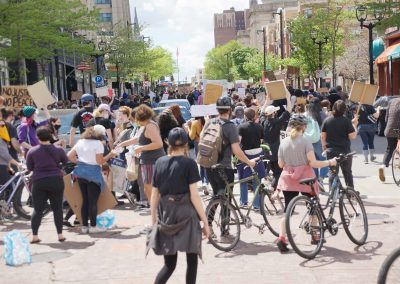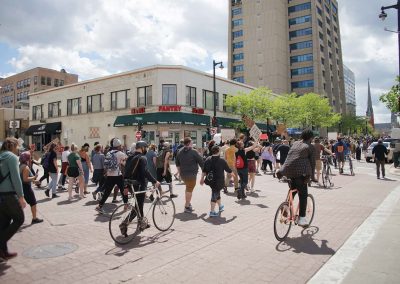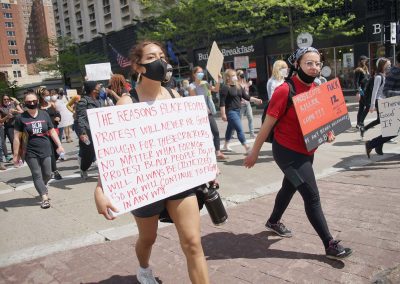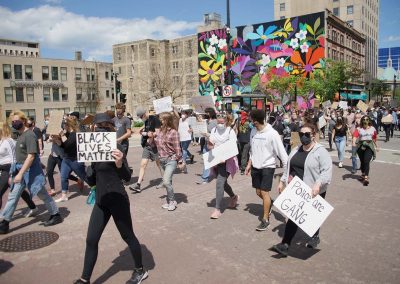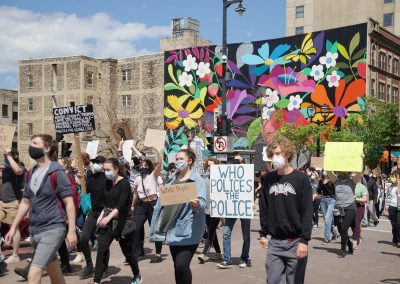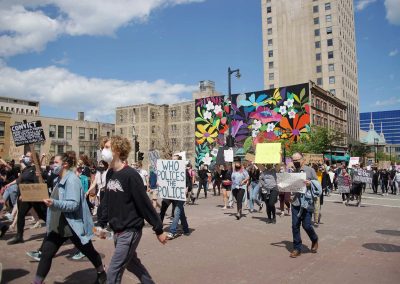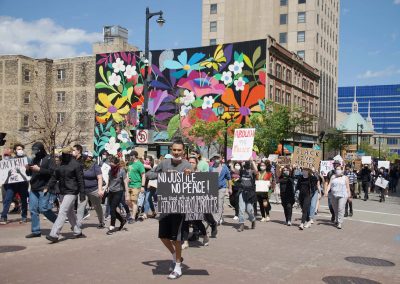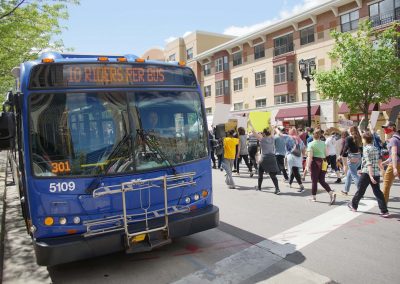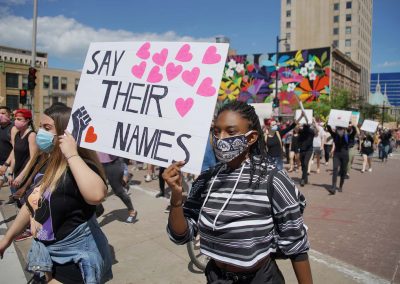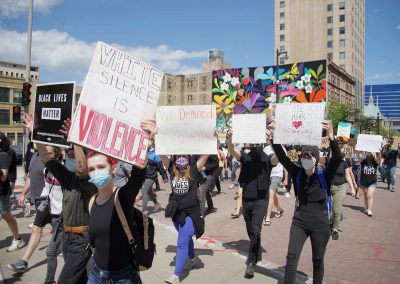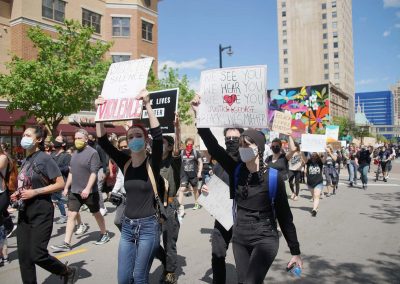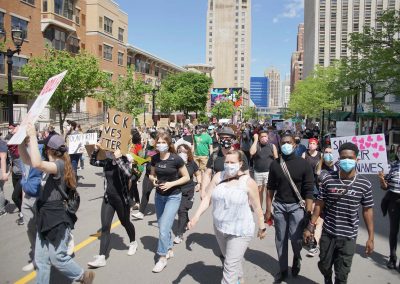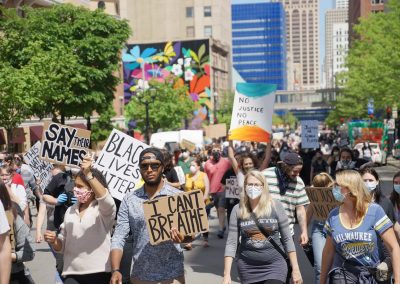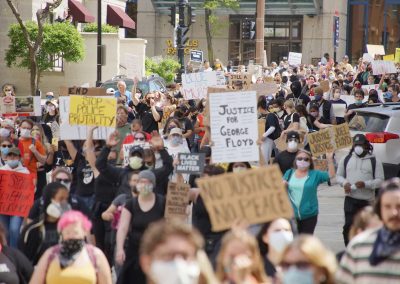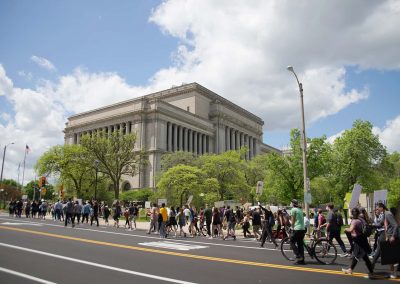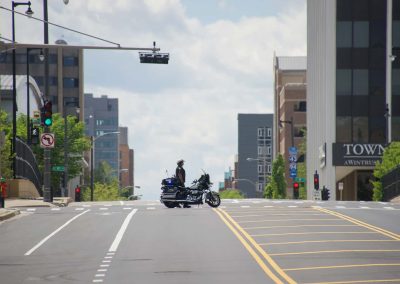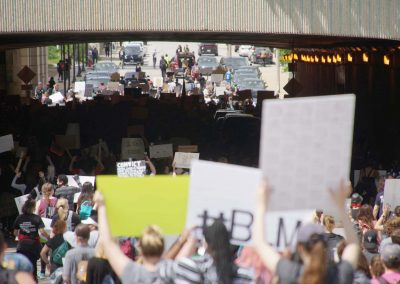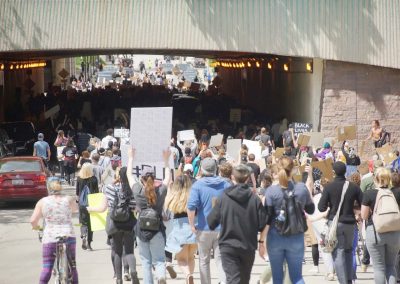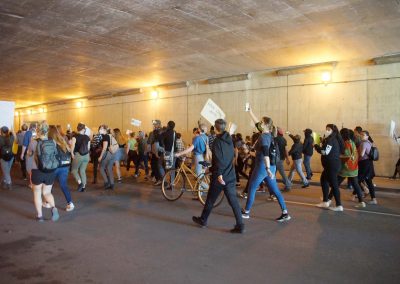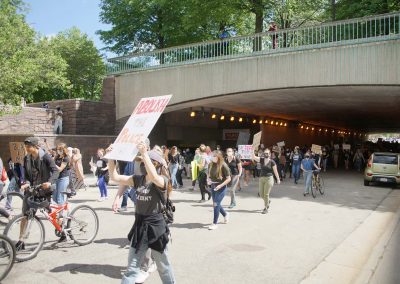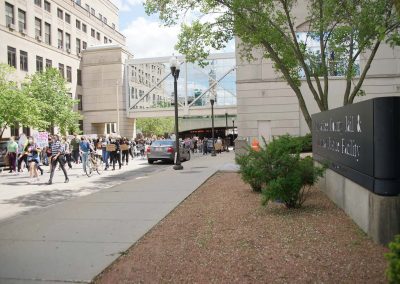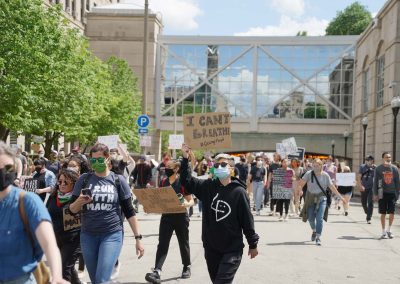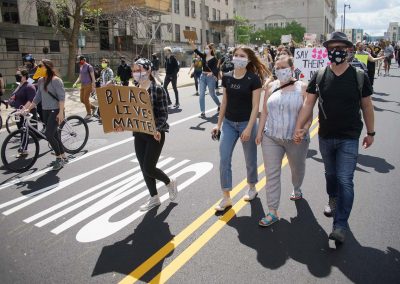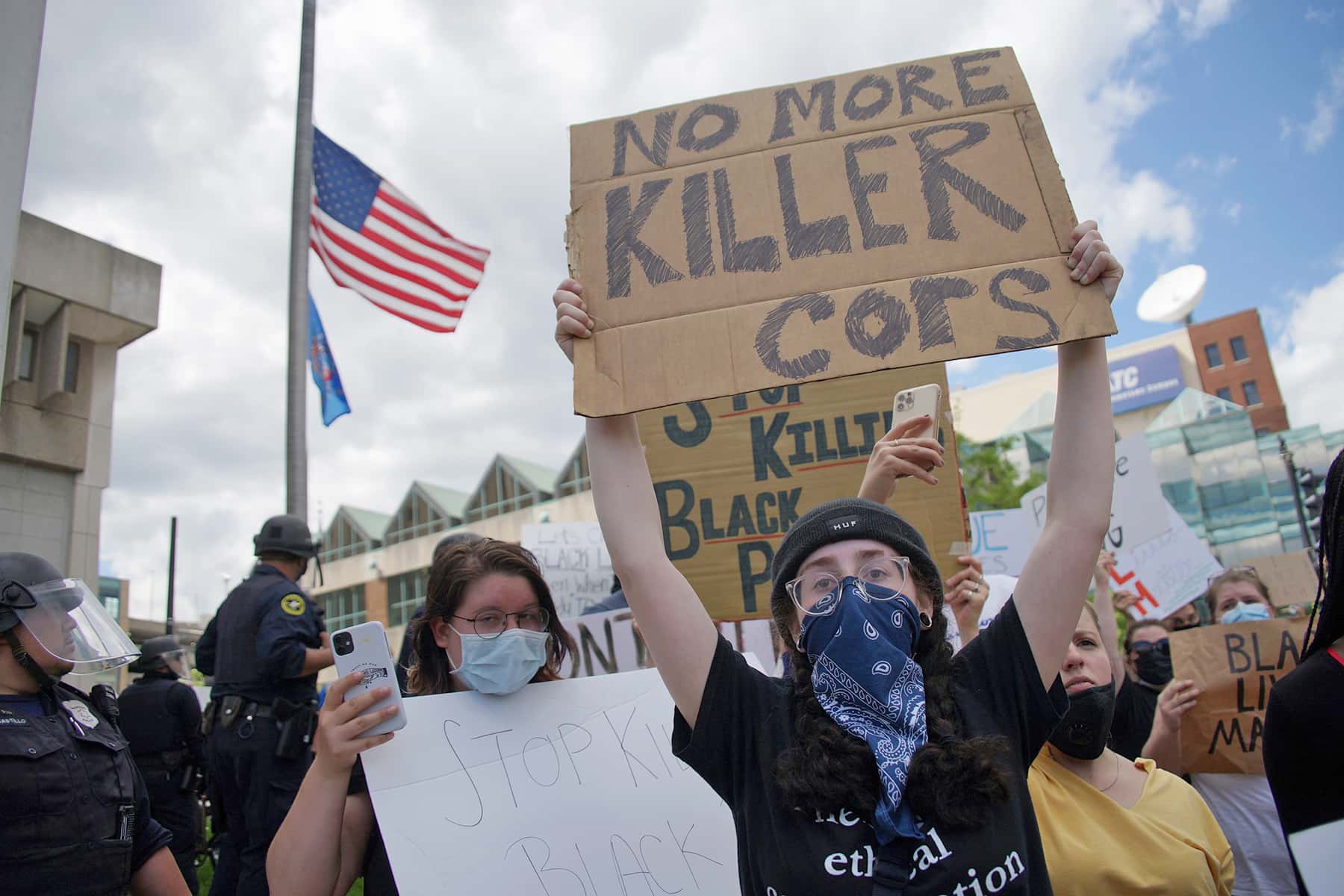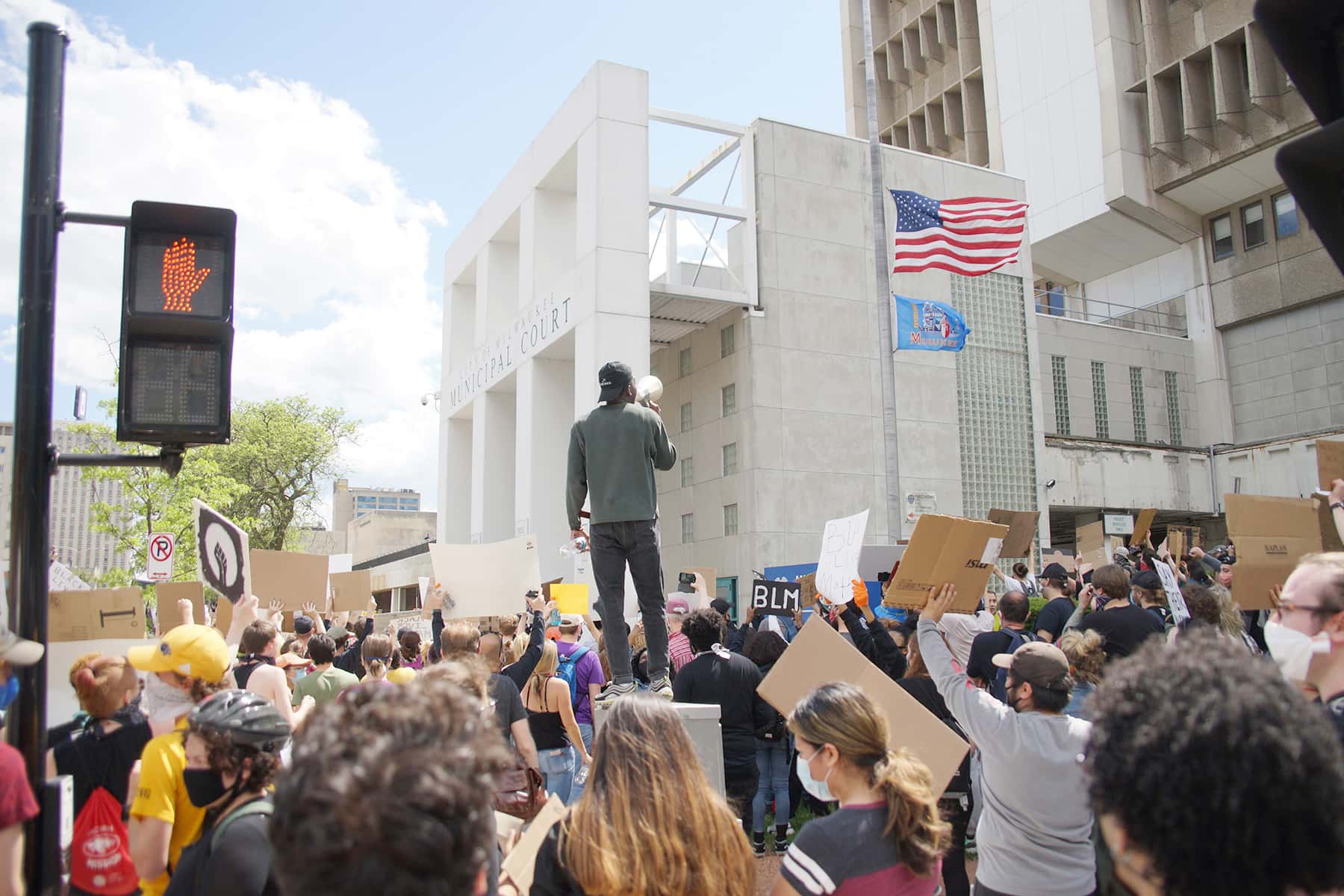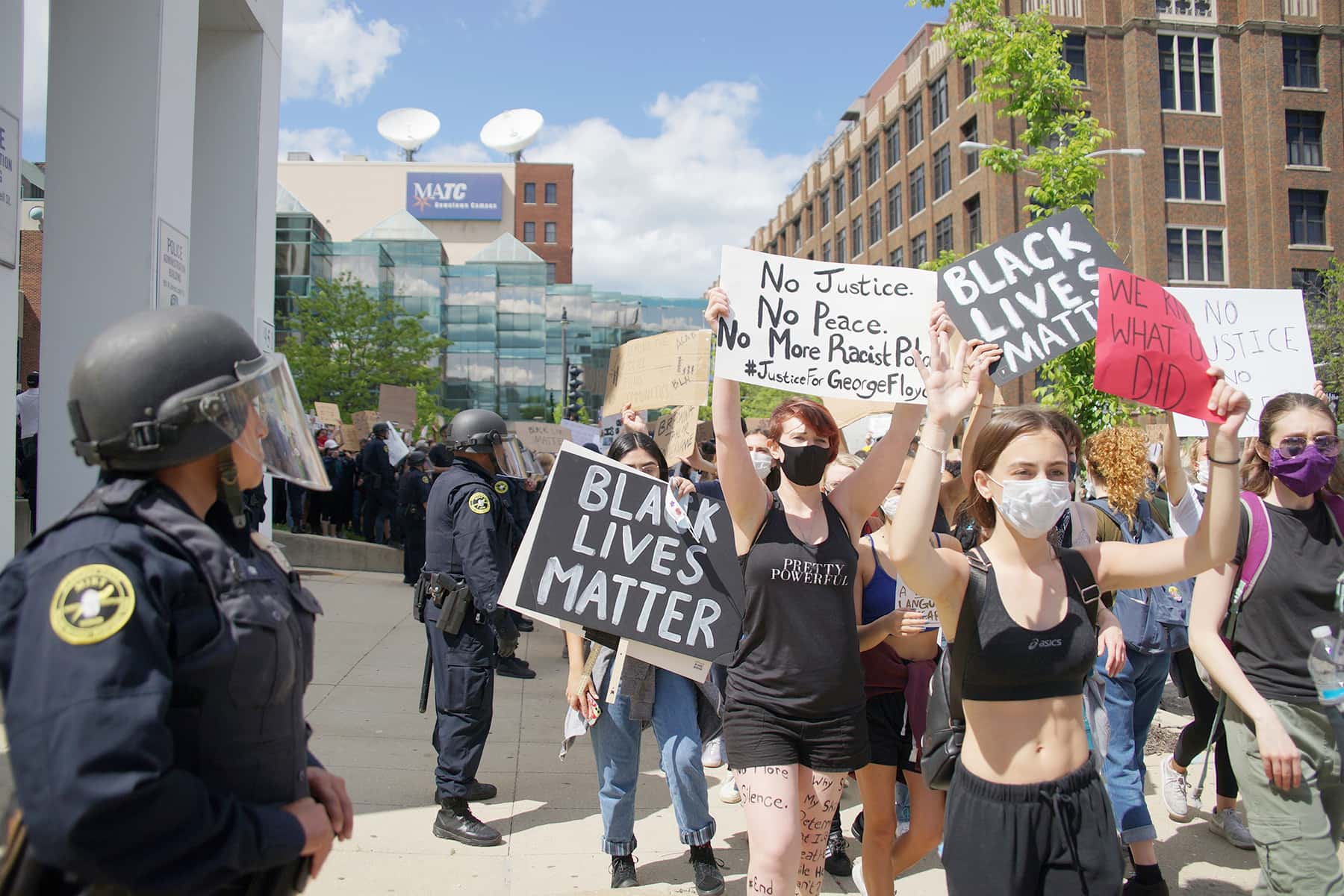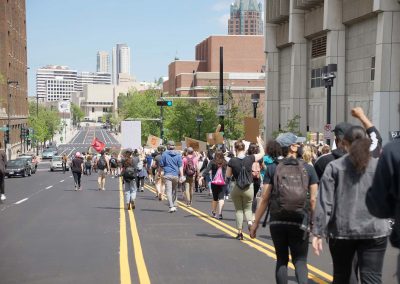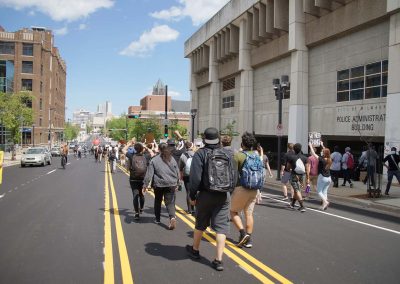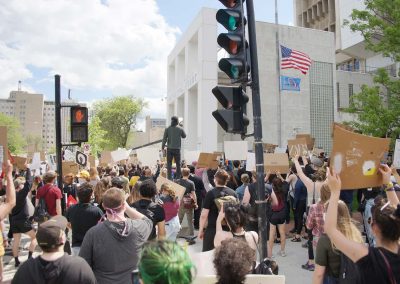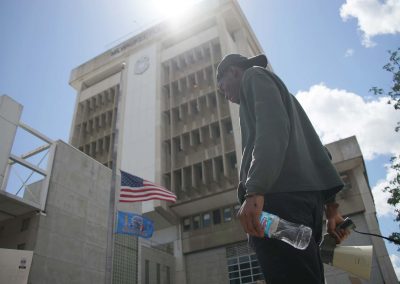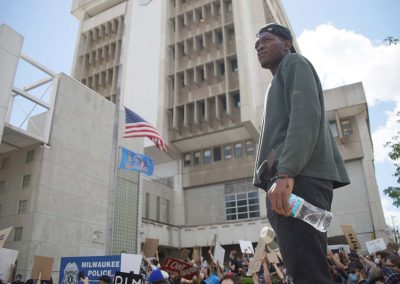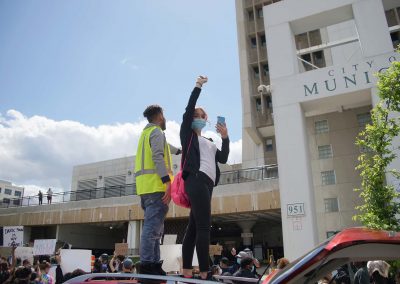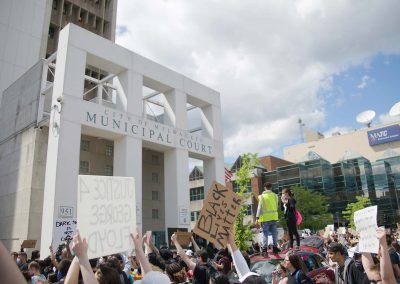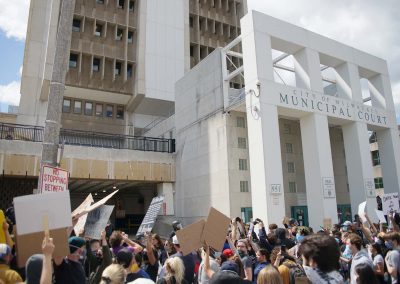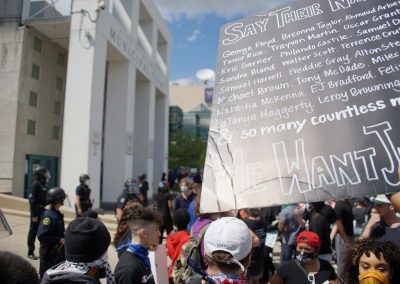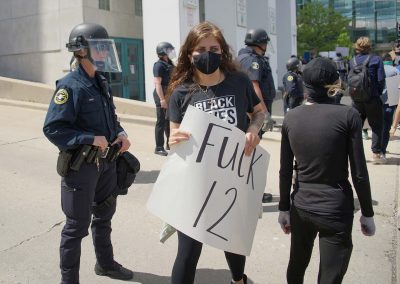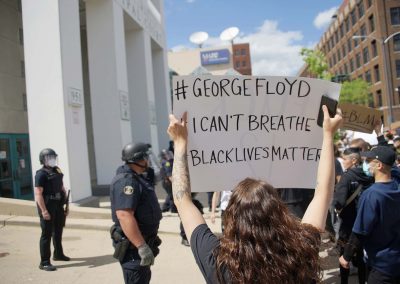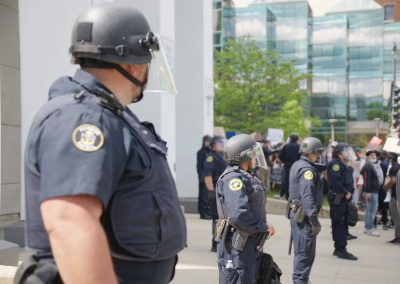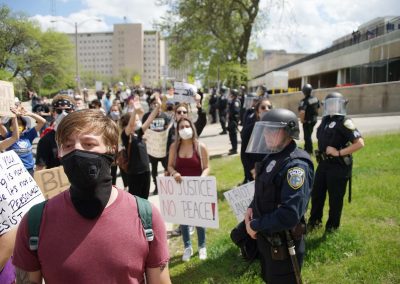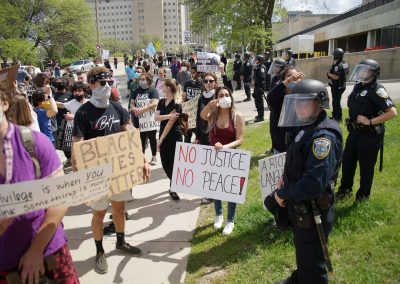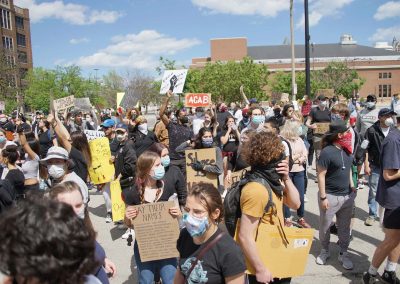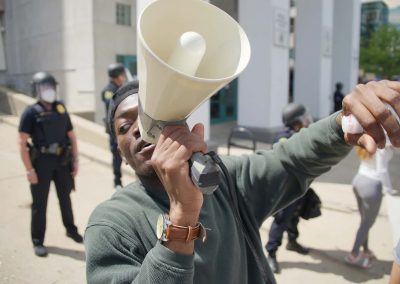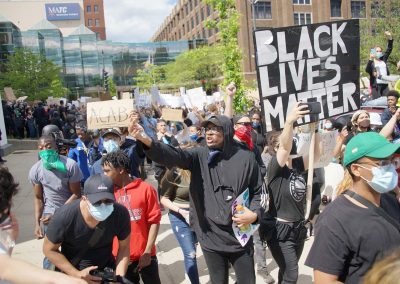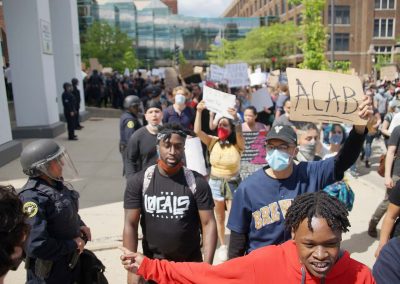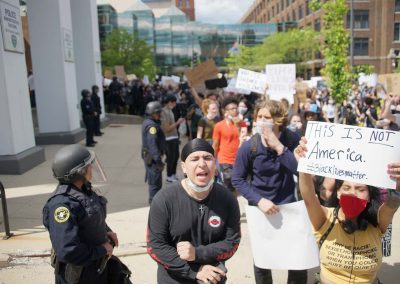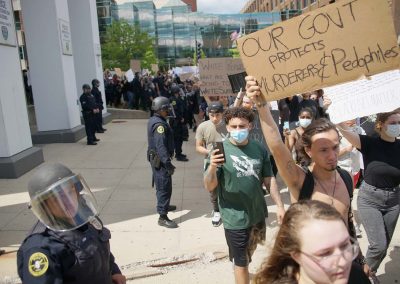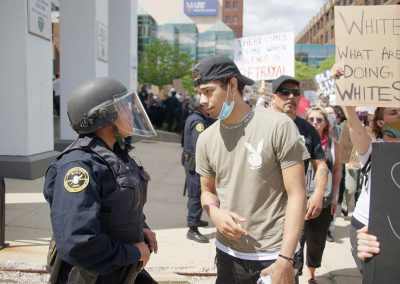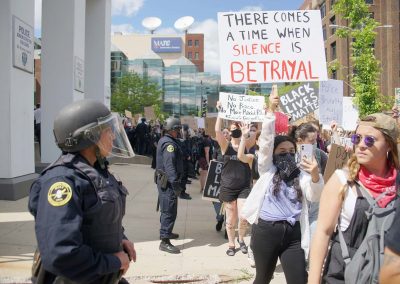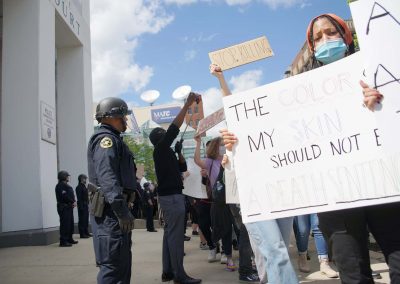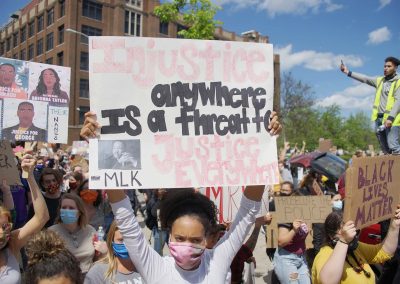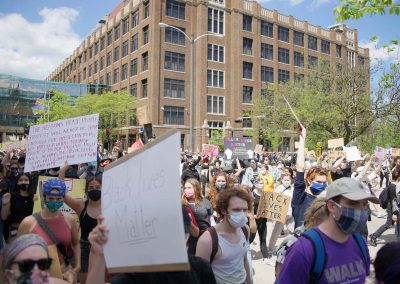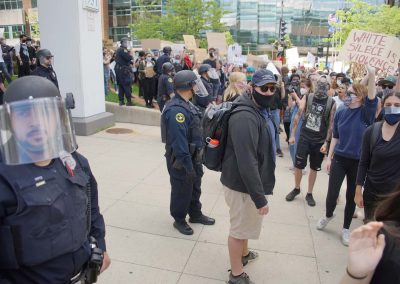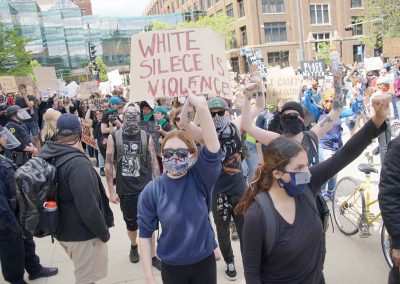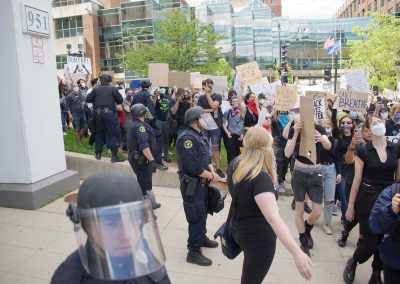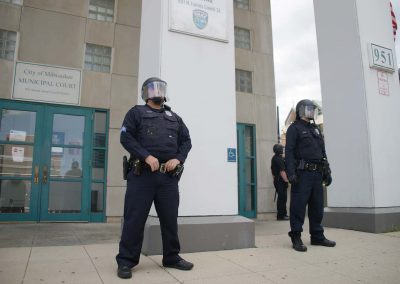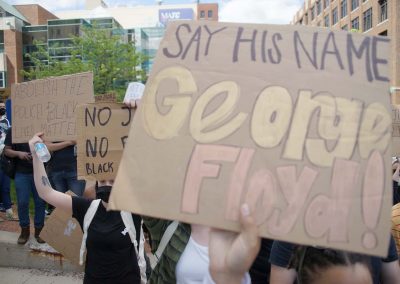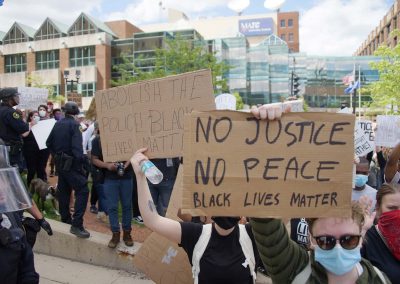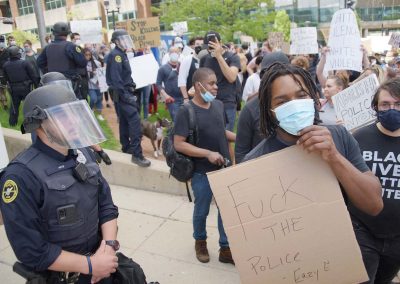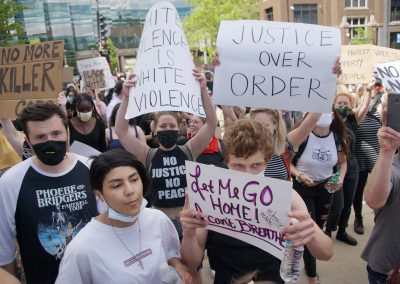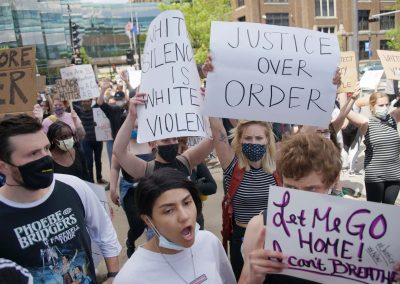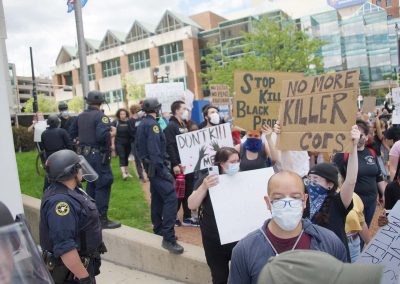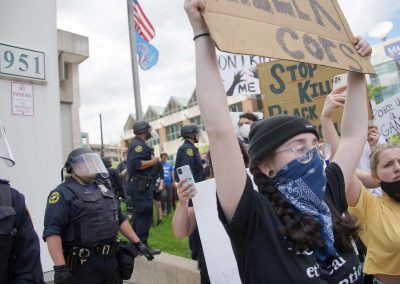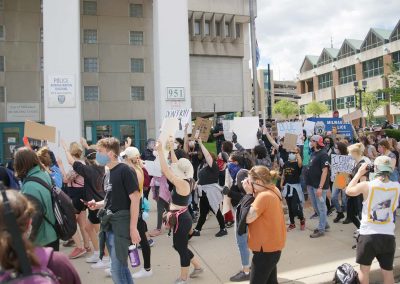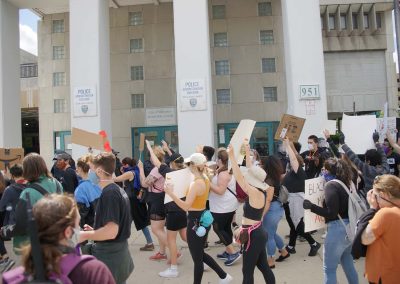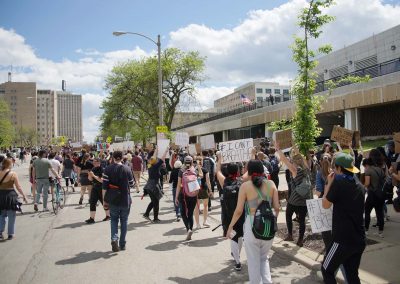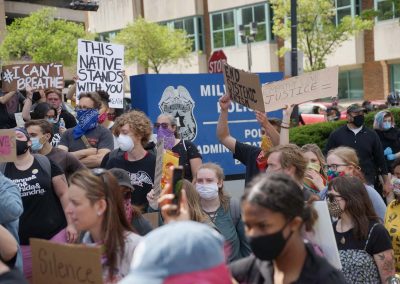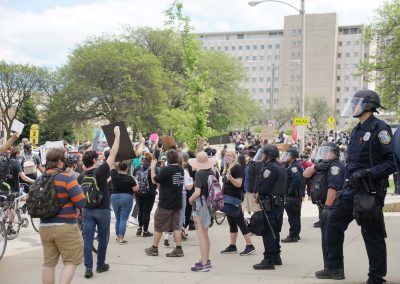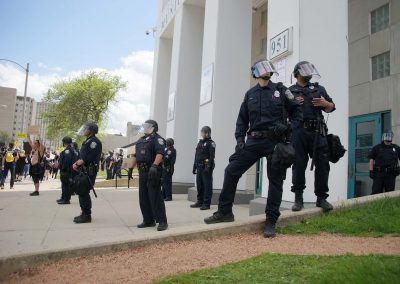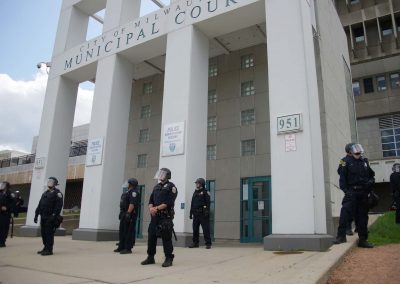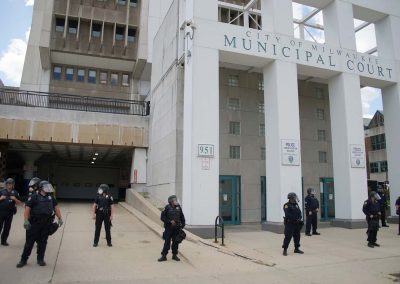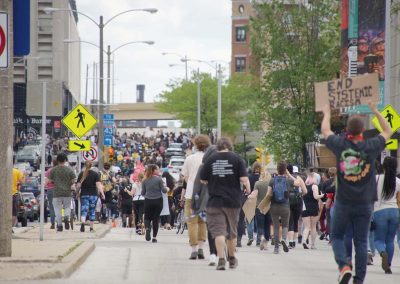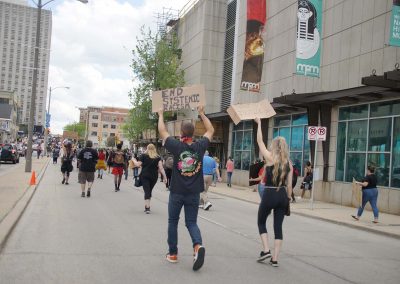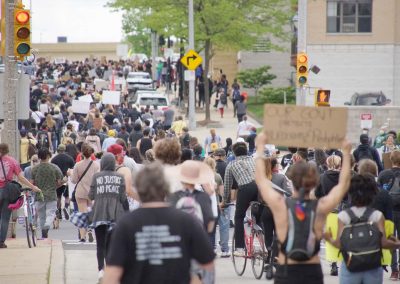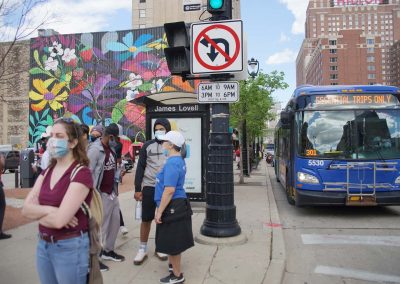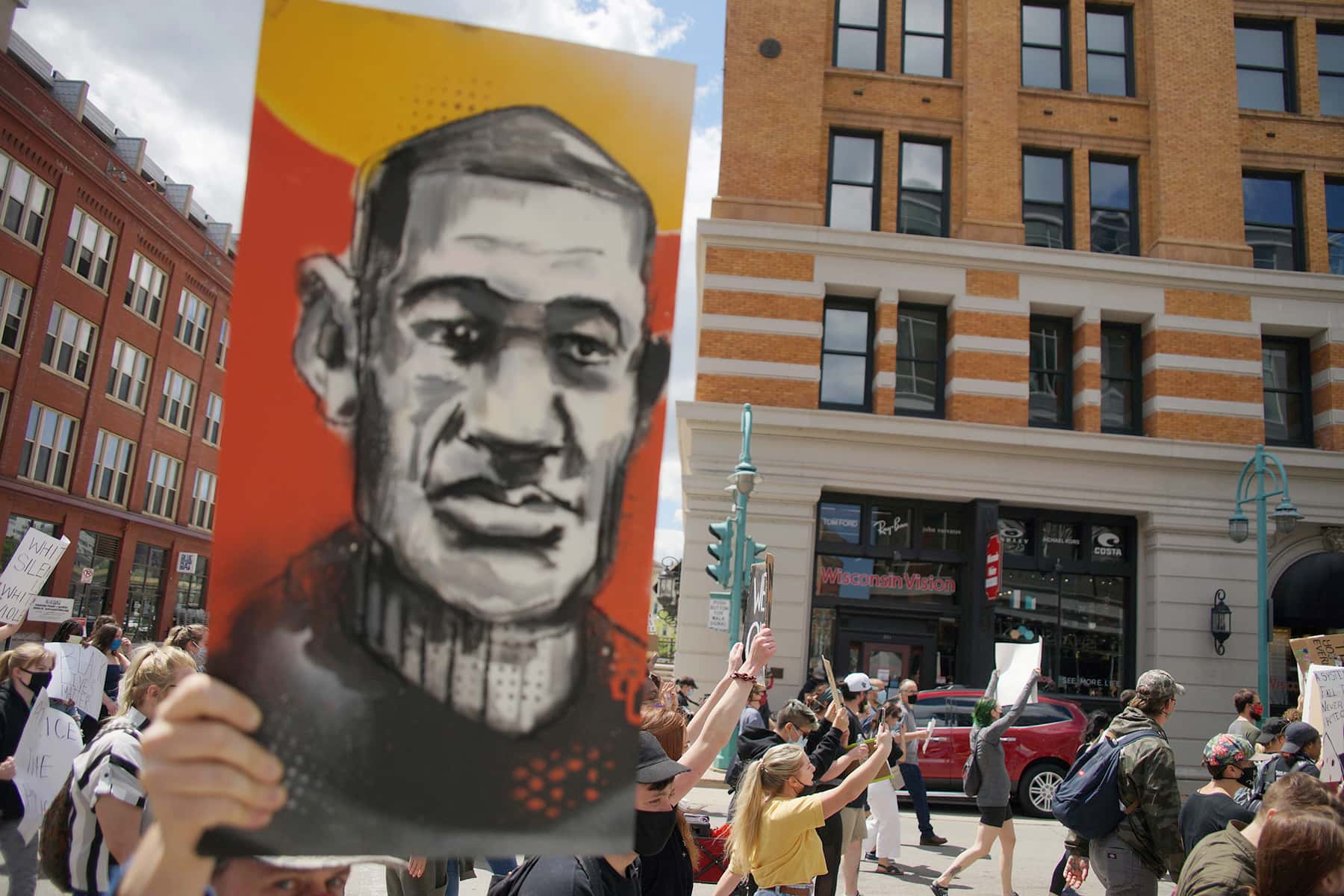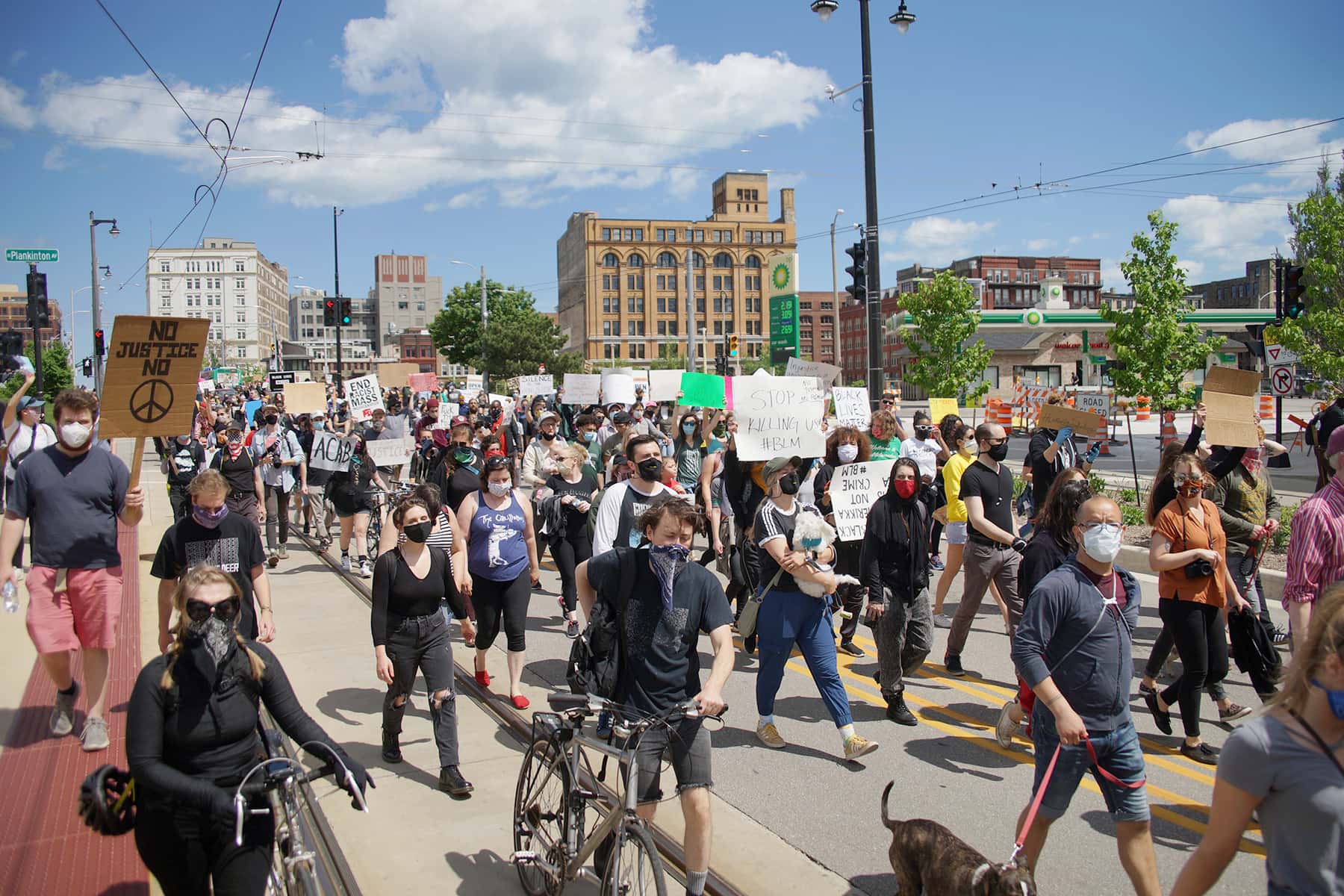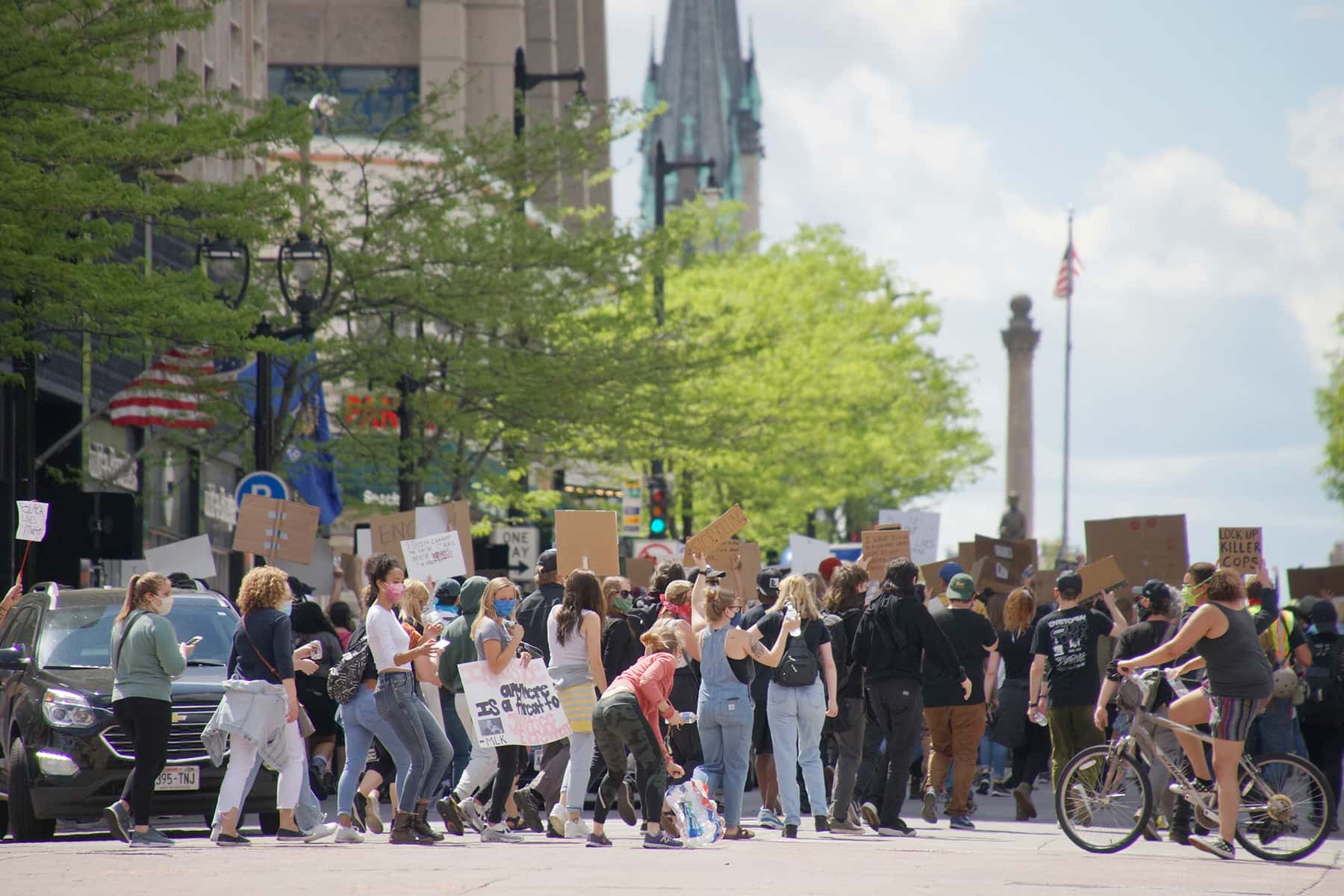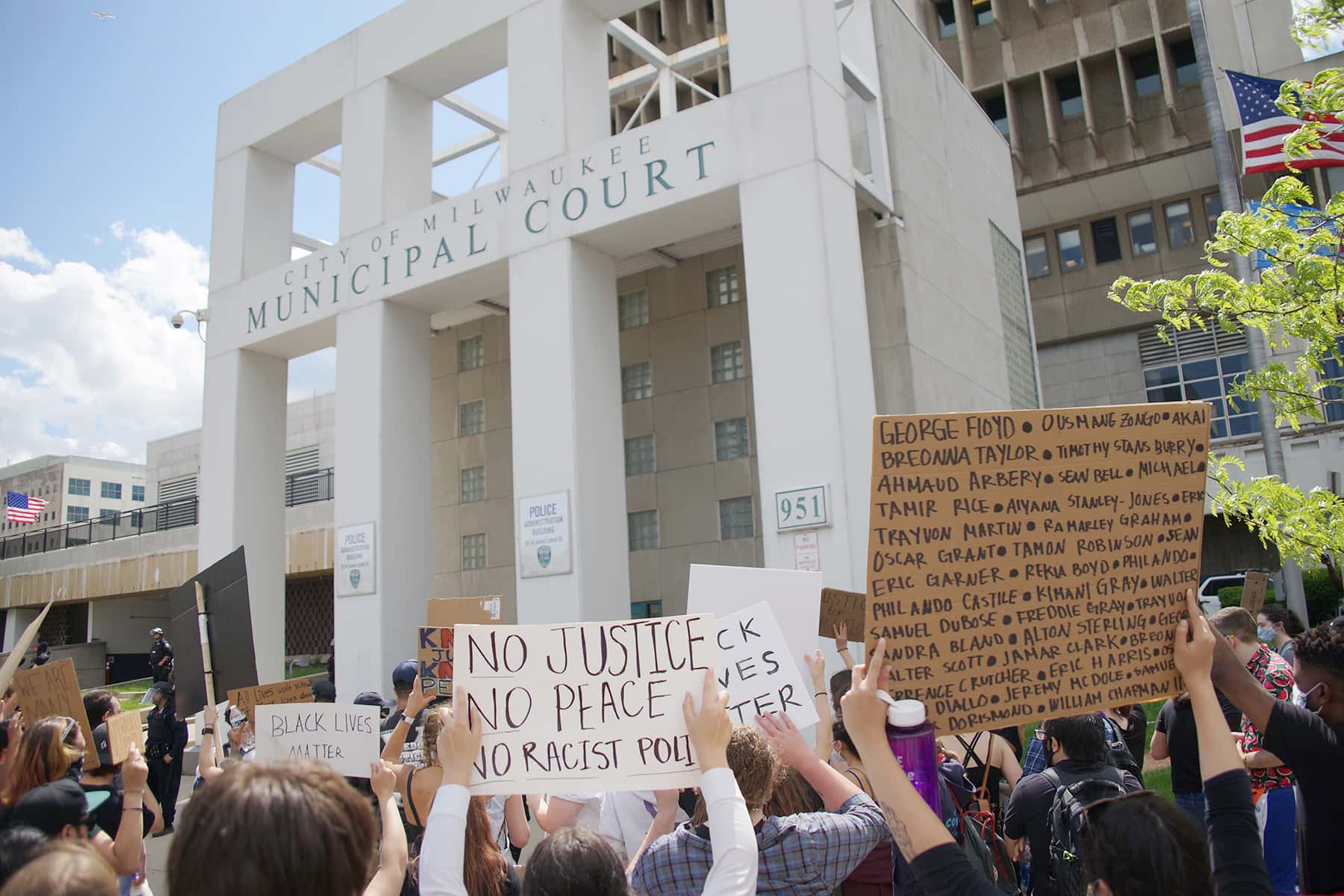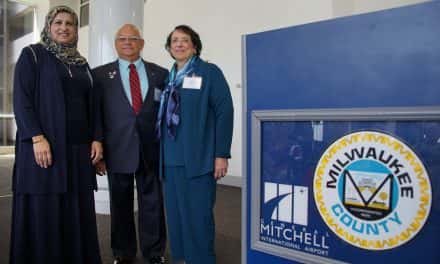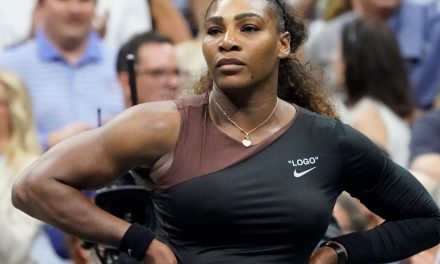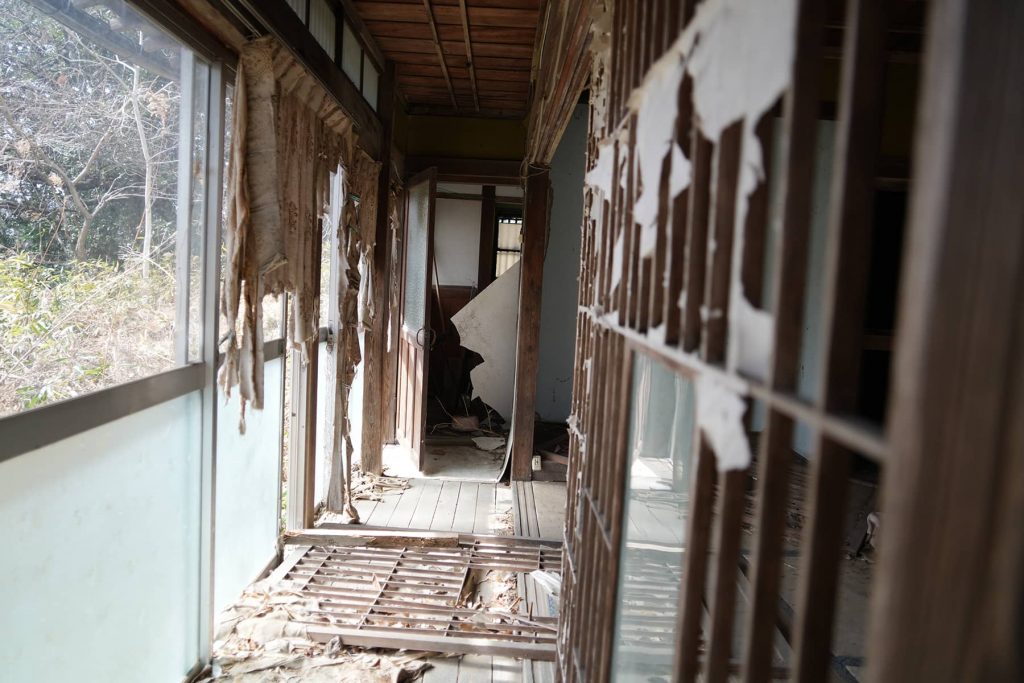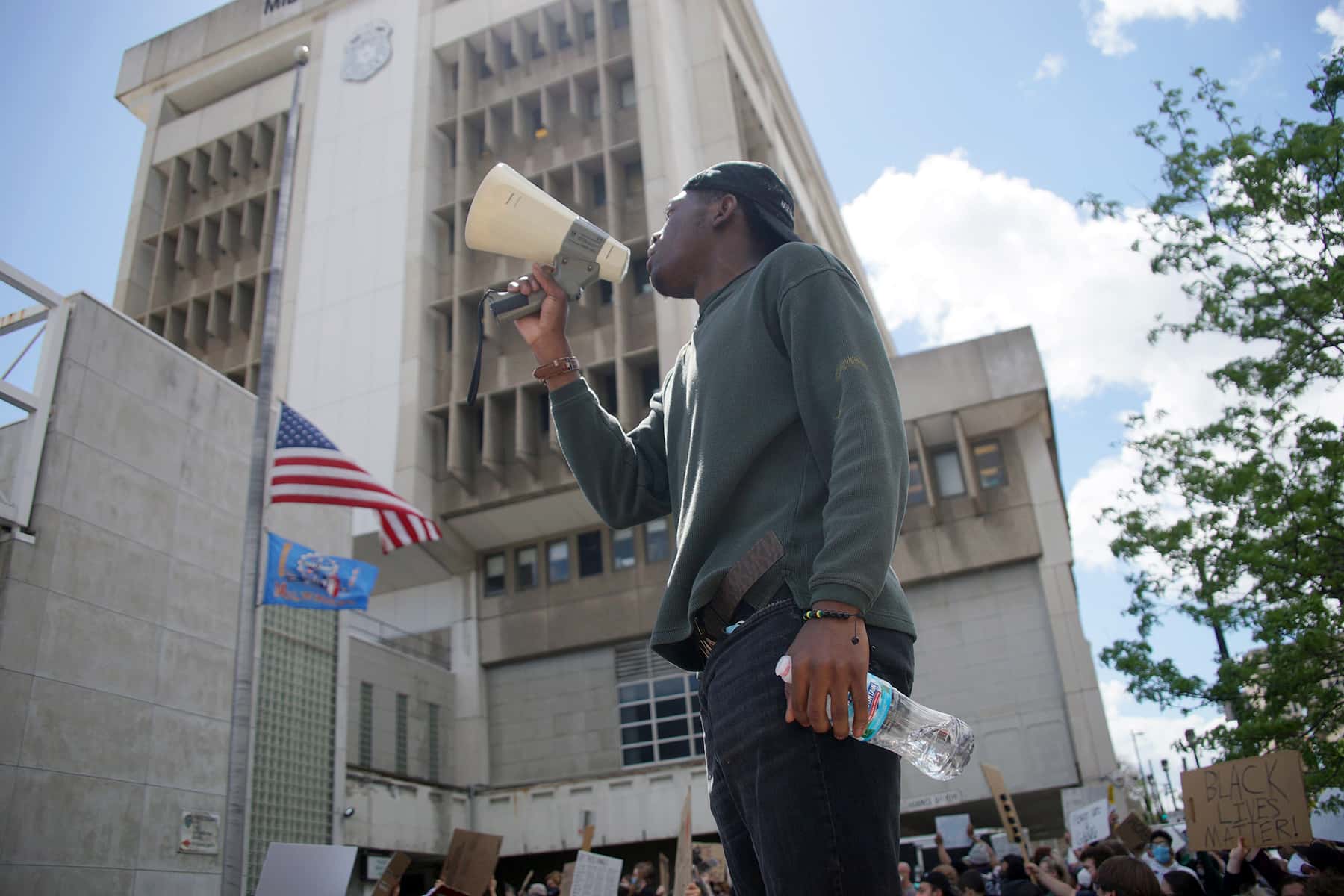
“But it is not enough for me to stand before you tonight and condemn riots. It would be morally irresponsible for me to do that without, at the same time, condemning the contingent, intolerable conditions that exist in our society. These conditions are the things that cause individuals to feel that they have no other alternative than to engage in violent rebellions to get attention. And I must say tonight that a riot is the language of the unheard. And what is it America has failed to hear? It has failed to hear that the promises of freedom and justice have not been met. And it has failed to hear that large segments of white society are more concerned about tranquility and the status quo than about justice and humanity.” – Dr. Rev. Martin Luther King Jr., March 14, 1968
Sometimes I feel like we are living the same old nightmare over and over again with different people playing the main roles. We saw and heard Eric Garner plead with police officers in New York City saying, “I can’t breathe” in 2014. Now six years later we see George Floyd plead with police officers in Minneapolis by saying, “I can’t breathe.”
A convenience store employee called 911 over an alleged counterfeit $20 bill used by Floyd. That on its face is ridiculous number one. The four officers who were fired in the wake of Floyd’s death placed Floyd into a squad car, and then took him out, forced him onto the ground where three of the officers sat on top of him. Officer Derek Chavin placed his knee onto Floyd’s neck and kept it there for nearly nine minutes. Floyd pleaded with the officers that he could not breathe and heartbreakingly even called for his mother. After about five minutes Floyd stopped breathing and one of the officers tried to find a pulse but could not. Three minutes later, Chavin still had his knee on Floyd’s neck. One of the officers asked Chavin during the incident to move Floyd onto his side but Chavin refused.
Another layer to an ugly story is that Chavin and Floyd once worked overlapping shifts as security at a nightclub in Minneapolis three blocks from the 3rd district police station that was set on fire by protestors according to the owner of the El Nuevo Rodeo club who said she did not know if they knew each other. Chavin during his 19-year career and had nearly 20 complaints and two letters of reprimand filed against him.
Ten years ago seven-year-old Aiyana Stanley-Jones was shot in the head and killed while sleeping in her home when Detroit police burst into the home with a no-knock warrant. They discovered later that the man they were after lived in the upstairs apartment not downstairs. In March 2020, Louisville police burst into the home of twenty-six-year old Breonna Taylor and shot her eight times. She too was killed in another case of a no-knock warrant. The police admitted later that the man they were looking for was already in custody and never lived in that home. Both Taylor and Stanley-Jones were asleep when the police burst into the homes.
These are not aberrations. For people of color, particularly blacks, these stories are all too familiar. We’ve seen Native Americans, and Latinos die at the hands of police in disproportionate numbers as well. Whites and Asians are underrepresented in police killings. The police are supposed to protect us from dangerous people. What happens when they become the dangerous people we fear most? We’ve read this horror story before. We’ve seen this horror flick all too many times. What’s most frustrating is that we know that this will certainly not be the last time.
Each time police kill innocent black people America reacts in similar ways. First are the excuses by the police. Second come the district attorney’s offices that claim they need to be careful and do a thorough investigation before pressing charges. Then comes the, “this is a tragedy” comments from concerned “politicians.” Then we wait for an arrest. And we wait, and wait, and wait. On rare occasions an arrest is made and the officer faces murder or more commonly manslaughter charges.
Simultaneously the anger over the killing spreads over social media or by word of mouth as we learn the grizzly details. Some small peaceful protests begin. In rare instances the national media picks up on the story weeks or months later as in the case of Breonna Taylor. We shout “Black Lives Matter” while white people shout “Blue Lives Matter.” We face assault rifles, tear gas, rubber bullets, tanks, helicopters, and now drones as well. We shout “no justice, no peace!” Some attorney or other ambulance chaser runs to be in the spotlight supposedly assisting the family.
When white people respond that “Blue Lives Matter” after police kill unarmed blacks they are telling us clearly whether intentionally or not, that they are okay with police killing unarmed black people. I’m infuriated when I see those signs in people’s yards. Likewise the “We Stand By the Badge” signs send the same message to black people. It does not matter what messages the owners of the signs are trying to convey, this is the message we receive when we see them.
Around the country we begin to see the anger and frustration spill over into, looting, arson, police cars being damaged, peaceful protestors being caught in the middle and tear-gassed by police. Those who days earlier shouted “we need to get to the bottom of this” and “I’m grieving for the family” begins to call the protests riots and call for the National Guard. Eventually you will hear the calls for more “training” for police and Congress will hold hearings.
Invariably someone will utter the word “thug” or “thugs” to describe the protestors. They will say black people are their own worst enemies, which is the most ridiculous thing I’ve heard in my life. They will claim the “riots” don’t help. They will say they were supporting the “cause” until the violence began. The violence began with the murder!
In the case of the recent responses by blacks and their allies across the country to the murder of George Floyd and Breonna Taylor all of these things have played out in perfect order the way they usually do.
The big difference now is that the President of the United States used his favorite bully pulpit, Twitter, to excoriate the protestors and send black America another huge slap in the face when he tweeted this:
“these THUGS are dishonoring the memory of George Floyd, and I won’t let that happen. Just spoke to Governor Tim Walz and told him that the Military is with him all the way. Any difficulty and we will assume control but, when the looting starts, the shooting starts. Thank you!”
Did you notice the all-caps THUGS? I did. It’s the equivalent of shouting the word. When Twitter courageously responded to this tweet by labeling it as promoting violence, he made the White House official account post the exact same words. By saying “when the looting starts, the shooting starts” he was sending a clear message that property losses were more important than the loss of Floyd’s life. He tried to clean it up when questioned by reporters later but the damage had already been done. HIs message was loud and clear.
Trump also must have missed all of the non-black protestors that I saw in coverage around the country including in Milwaukee. These were easily the most diverse anti-police brutality protests I can remember ever seeing in my life. I lived in the Los Angeles area during the entire Rodney King fiasco. Obviously whites, Asians and Latinos in Milwaukee are showing their support and are becoming more frustrated with this carousel of unarmed blacks being killed. The recent murder of Joel Acevedo by an off duty Milwaukee cop and long delay before he was charged led to Latinos being out in the streets protesting that murder as well.
Whites in America have always given themselves the privilege of using violence against blacks. Most of us, myself included, never learned about lynchings or white race riots in school. We did not hear the story of the lynching of Rubin Stacy who was lynched after knocking on the door of a white woman and asking for a glass of water in St. Augustine, Florida.
The woman lied and said he attacked her with a knife. Stacy after being arrested was hung by the neck and the brother of the local sheriff ordered members of the mob to fire at least one bullet each into his body. A local baseball game was interrupted when “A man leaned out of the truck and yelled, ‘They’re gonna lynch a nigger!’ according to an account from the Broward County Sun-Sentinel newspaper. A historian who witnessed the lynching said, “Some of the people from the park had cut off pieces of the black man’s pants for souvenirs.” Body parts, clothing, pieces of the lynching rope, lynching tree bark, and photographs were the most sought-after souvenirs by mob members. Police often released individuals to the mobs to carry out the lynchings and in many cases actively participated as well.
This country has sanctioned police killings by giving them a get out of jail free card by allowing them to use force that they deem reasonable. This card is used over and over again in the types of cases where they shoot and kill civilians. The practice was written in stone by a 1989 U.S. Supreme Court case that most have never heard of, Graham v Connor.
Dethorne Graham was beaten by Charlotte, North Carolina police officers who responded to his diabetic episode with fists instead of caring. He filed a civil suit against the officers in federal court arguing that the excessive use of force against him violated due process, or his right to be free from such abuse under the Fourteenth Amendment. The trial court, as well as the Fourth Circuit Court of Appeals, sided with the officers. And in a major surprise the Supreme Court decided to chime in. The Court said the proper constitutional test was whether the action was “reasonable” under the Fourth Amendment, which prohibits unreasonable searches and seizures pushing aside the Fourteenth Amendment claim. The Fourteenth Amendment was designed to specifically protect the former four million enslaved Africans from state violence and other forms of mistreatment.
Chief Justice William Rehnquist wrote that, “the ‘reasonableness’ of a particular use of force must be judged from the perspective of a reasonable officer on the scene, rather than with the 20/20 vision of hindsight.” The vague language used by the court allows exceptionally large discretion by police departments and officers around the country to decide how they use force. It is nearly impossible to overcome this burden when the police are basically policing their own use of force. They can simply claim, “I was scared to death. I thought I was going to die. … I had no other choice” as officer Jeronimo Yanez said during his 2017 trial for killing motorist Philando Castille in St. Anthony Minnesota about five miles from where George Floyd was killed.
Likewise chokeholds and knee in the neck restraints have too often been allowed as acceptable uses of force. Minneapolis police faced a lawsuit years ago because of this tactic.
Tamir Rice, a twelve-year-old boy was shot and killed by Cleveland police officer Timothy Loehmann. Prosecutor Tim McGinty said, “Given this perfect storm of human error, mistakes and communications by all involved that day, the evidence did not indicate criminal conduct by police.” This was an assertion by the prosecutor that no excessive use of force was found when a child with a fake gun was shot in mere seconds after police arrived on the scene.
New York City Police officer Daniel Pantaleo choked unarmed Eric Garner to death. No state or federal charges were ever issued. Unarmed Alton Sterling was shot and killed by Baton Rouge police in 2016 and neither officer was charged. Tulsa Police Officer Betty Shelby shot and killed unarmed Terrence Crutcher and was acquitted. She claimed she feared for her life. The jury foreman from the case stated, “Because of this perceived option that she may have had, many on the Jury could never get comfortable with the concept of Betty Shelby being blameless for Mr. Crutcher’s death.” Despite this she received no punishment. The jury went on by saying the shooting was “unfortunate and tragic, but justifiable due to the actions of the suspect.” In other words the city of Tulsa believes he caused his own death.
“Unfortunate and tragic” has a familiar ring to it. A police officer kills an unarmed black person, is not held responsible and someone will without a doubt utter those words or something like them afterwards. In addition to the Crutcher killing Tulsa, Oklahoma has a very ugly past that it hates for people to bring up. The June 1921 Tulsa Race Massacre is one of those ugly parts of history that no one teaches us about in school.
The Greenwood section of Tulsa was the thriving business and residential sector that blacks had built into a place called by some Black Wall Street. On the morning of May 30, 1921, a young black man named Dick Rowland was riding in the elevator with a white woman named Sarah Page. She claimed and rumors spread that Rowland attacked Page and he was arrested. Each telling of the events on the elevator got progressively more exaggerated by each telling in the white community. On May 30, a confrontation by armed groups of blacks trying to prevent a lynching and white men intent on carrying out a lynching occurred near the courthouse. Shots were fired and the blacks that were heavily outnumbered fled for safety back to Greenwood. The following morning mobs of angry, armed whites began to attack and kill blacks.
They beat and killed black adults and children, looted their homes, businesses, churches, and eventually destroyed thirty-five square blocks of the Greenwood section by fire. There is evidence that incendiary devices were dropped from a crop duster. Official tallies at the time of just 36 dead have been revised up to 300 black victims but many who’ve studied the white race riot in Tulsa say the real body count was in the thousands. The National Guard was called in to quell the unrest and imprisoned over 6,000 blacks for as long as eight days. No whites were arrested or held in detention. The Tulsa Race Riot Commission documented the riots in a 2001 report.
“Despite being numerically at a disadvantage, black Tulsans fought valiantly to protect their homes, their businesses, and their community. But in the end, the city’s African-American population was simply outnumbered by the white invaders. In the end, the restoration of Greenwood after its systematic destruction was left to the victims of that destruction.”
As we see the destruction in Minneapolis and confrontations with police around the country lets be mindful of what we are seeing unfold. A history of police killings of black people is seared into the collective memory of American born blacks. We have seen it and witnessed it far too many times to just “stay calm” again. Why are we not allowed to be angry? Why would the President call us “thugs” less than a month after he told armed white men with assault rifles pushing their way past Capitol Police at the Michigan statehouse that he supported them? I think the answer is crystal clear.
“The Governor of Michigan should give a little, and put out the fire. These are very good people, but they are angry. They want their lives back again, safely! See them, talk to them, make a deal.”
Imagine if he would say the same thing about black people in this country concerning police brutality. We know that will never happen. His supporters would lose their minds if he ever got close to saying something like that.
Floyd and Taylor would want their lives back! Last time I checked the stay-at-home orders around the country did not take the lives of any of those protesting the public health measures designed to protect all of us. Now that black people are expressing their anger over murders of unarmed black people by police once again and not over some inconvenience caused by safety measures put in place due to a pandemic the narrative has shifted. Apparently these protestors are not “good people.” Trump’s threat that “when the looting starts, the shooting starts,” sounds eerily similar to language used by Miami police chief Walter E. Headley, in the 1960s. Trump claimed he did not know the origin of the term. Headley attracted national attention for saying:
“We haven’t had any serious problems with civil uprising and looting, because I’ve let the word filter down that when the looting starts, the shooting starts. We don’t mind being accused of police brutality.”
What most have reported about this statement leaves out the last sentence. In 1968 after hundreds of American cities went up in flames the Kerner Commission called by President Lyndon Johnson studied these incidents and wrote a lengthy report on the causes of the unrest. These are some of the things they said in the report.
“Our nation is moving toward two societies, one black, one white—separate and unequal.”
“Discrimination and segregation have long permeated much of American life; they now threaten the future of every American.”
“To pursue our present course will involve the continuing polarization of the American community and, ultimately, the destruction of basic democratic values.”
“Segregation and poverty have created in the racial ghetto a destructive environment totally unknown to most white Americans.”
“What white Americans have never fully understood—but what the Negro can never forget—is that white society is deeply implicated in the ghetto. White institutions created it, white institutions maintain, and white society condones it.”
“To some Negroes police have come to symbolize white power, white racism and white repression. And the fact is that many police do reflect and express these white attitudes. The atmosphere of hostility and cynicism is reinforced by a widespread belief among Negroes in the existence of police brutality and in a “double standard” of justice and protection—one for Negroes and one for whites.”
Johnson ignored the report and chastised the Commission. These same words could just as easily be written today. According to Mapping Police Violence, last year police killed 1,019 people and 24 percent of them were black. Blacks were three times more likely to be killed by police than whites. Ninety-nine percent of police killings from 2013-2019 did not result in police being charged with a crime. The number of people killed by police from 2013-2018 is as follows: 2013 (1,106), 2014 (1,050), 2015 (1,103), 2016 (1,071), 2017 (1,095), 2018 (1,143).
As dangerous as policing is, the number of officers shot and killed each year is far below what most people perceive. The Officer Down Memorial Page keeps detailed data about officers who die in the line of duty. These are the numbers of police officers shot to death by year: 2013 (34), 2014 (49), 2015 (41), 2016 (64), 2017 (45), 2018 (52), 2019 (48), 2020 (20).
James Baldwin the famous author and critic wrote A Report From Occupied Territory in 1966 for The Nation magazine.
And the police are simply the hired enemies of this population. They are present to keep the Negro in his place and to protect white business interests, and they have no other function. They are, moreover—even in a country which makes the very grave error of equating ignorance with simplicity—quite stunningly ignorant; and, since they know that they are hated, they are always afraid. One cannot possibly arrive at a more surefire formula for cruelty… This is why those pious calls to “respect the law,” always to be heard from prominent citizens each time the ghetto explodes, are so obscene. The law is meant to be my servant and not my master, still less my torturer and my murderer. To respect the law, in the context in which the American Negro finds himself, is simply to surrender his self-respect… “I can’t believe what you say,” the song goes, “because I see what you do”—and one is also under the necessity of escaping the jungle of one’s situation into any other jungle whatever. It is the bitterest possible comment on our situation now that the suspicion is alive in so many breasts that America has at last found a way of dealing with the Negro problem. “They don’t want us — period!”
As the images of burning stores and burning police stations become the most visually appealing to the media, we will begin to hear more and more people say that this is “counter-productive” and is not what “George Floyd would have wanted.” We do not know what George Floyd would have wanted other than to still be alive and well.
The “March with Milwaukee” protest rally for George Floyd was held on May 30. Thousands of area residents of all ages and ethnic backgrounds joined the peaceful march that began at the Lakefront and went for miles through downtown. This extensive photo essay documents highlights from the event.
Editor’s Note: Shortly after news broke of the death of George Floyd, hashtags using the term F*CK 12, 1312, and ACAB popped up on Twitter. F*CK 12 is a derivative term of 1312, which in turn is derived from ACAB. All three terms have been used repeatedly to express outrage at police. ACAB is an acronym for “all cops are b*stards.” Many images in this photo essay contain signs by protesters with these terms and other graphic statements.
© Photo
Lee Matz

